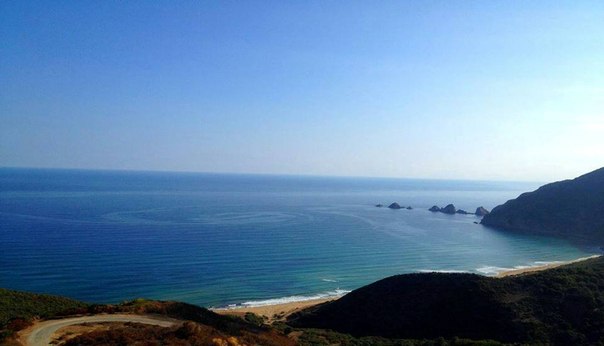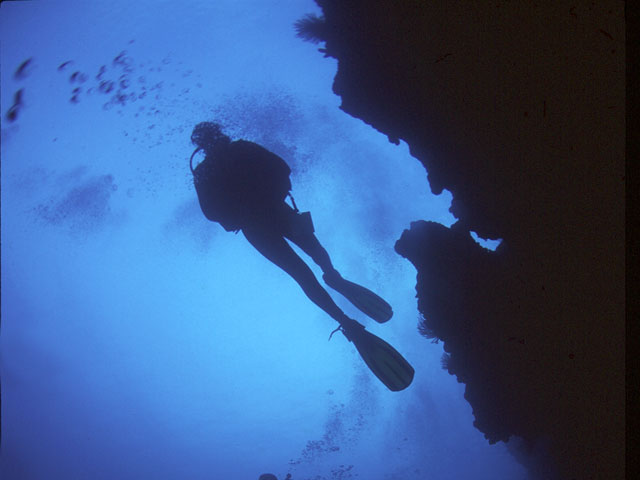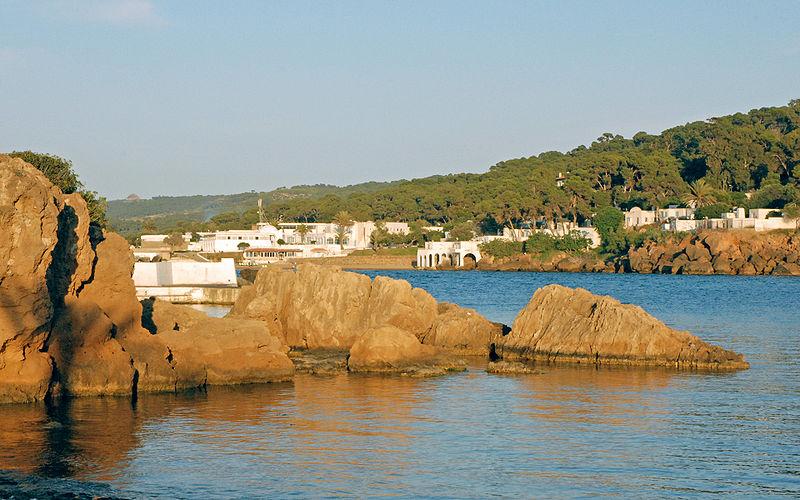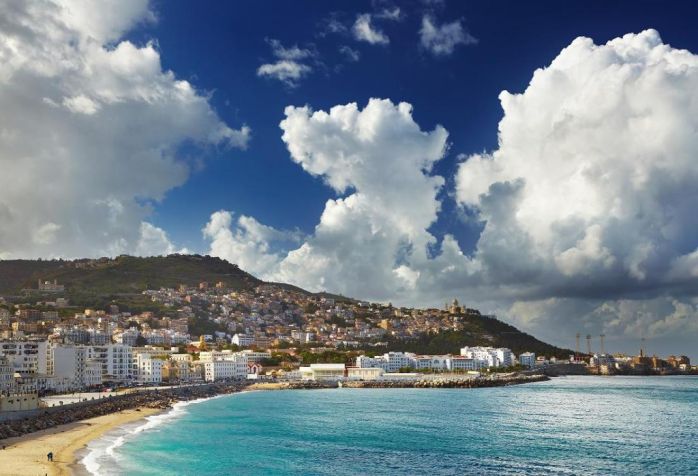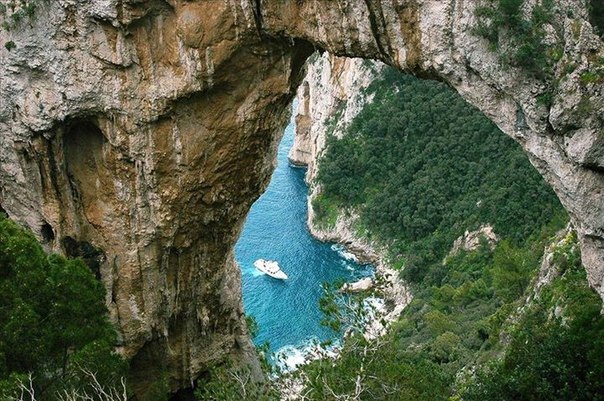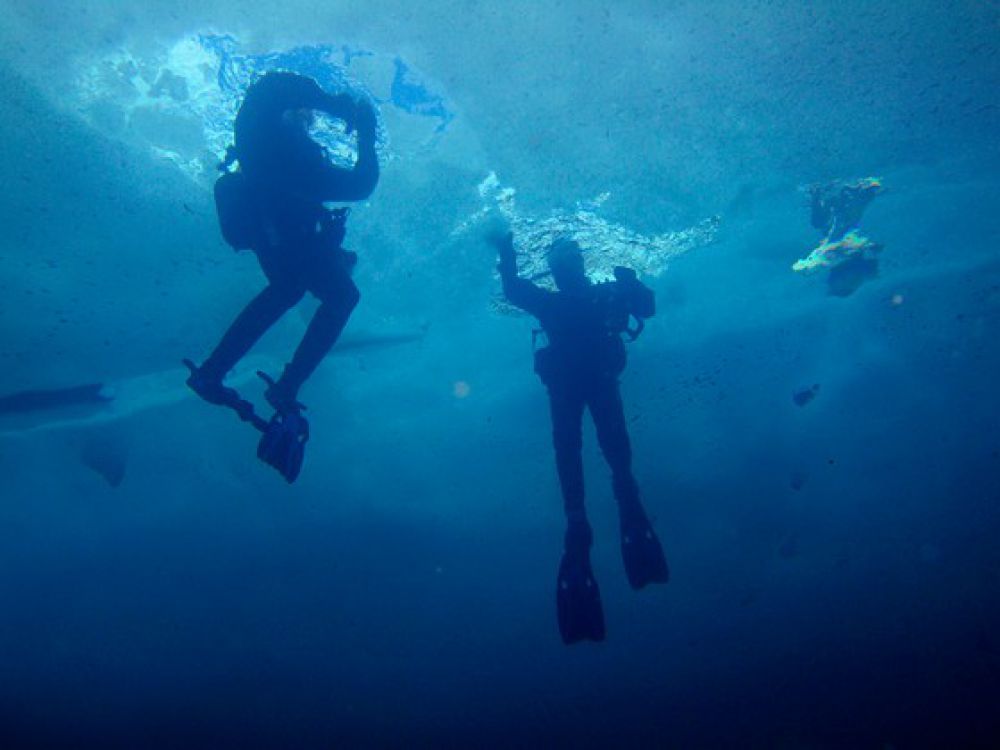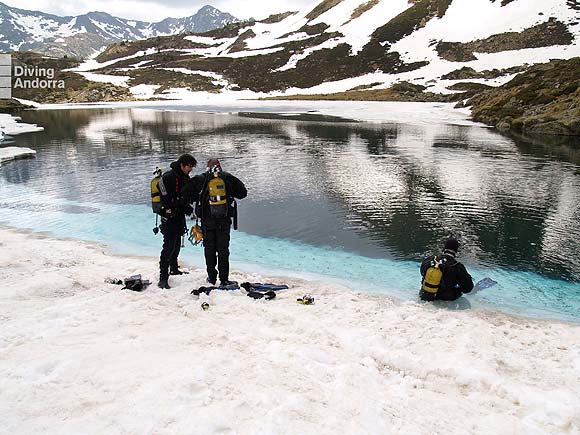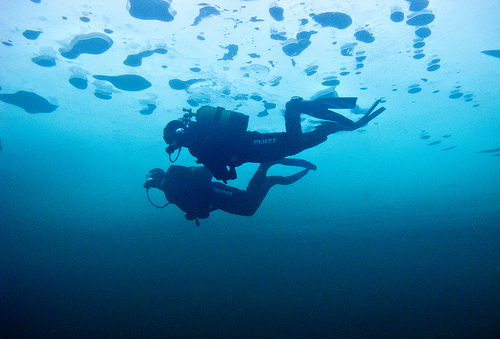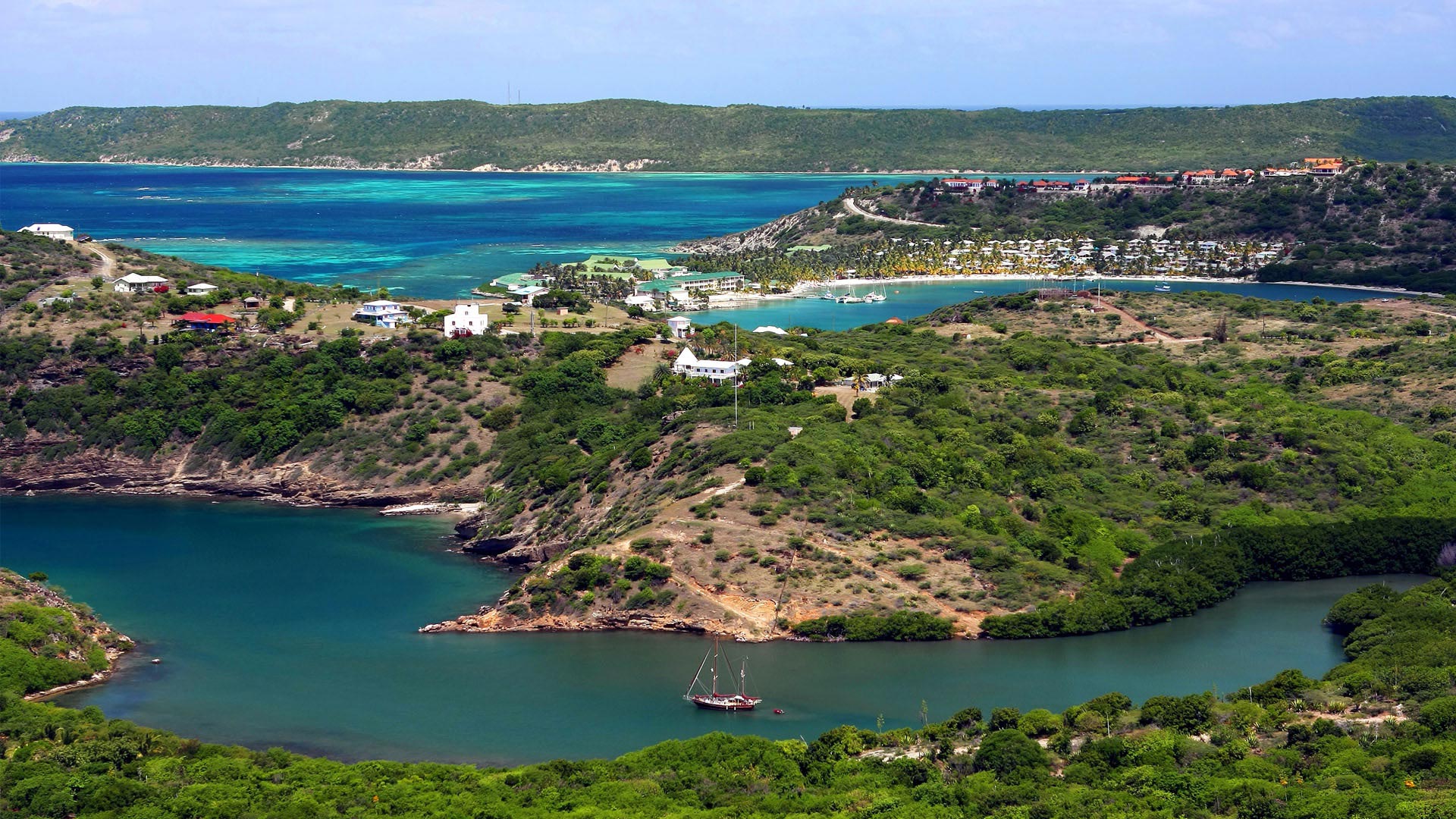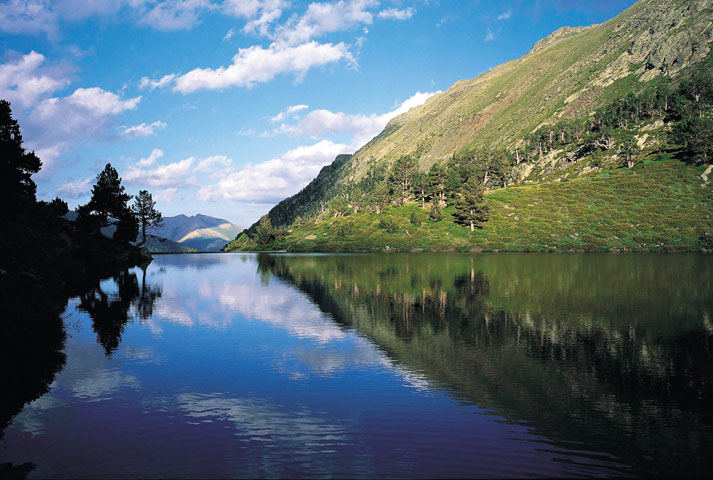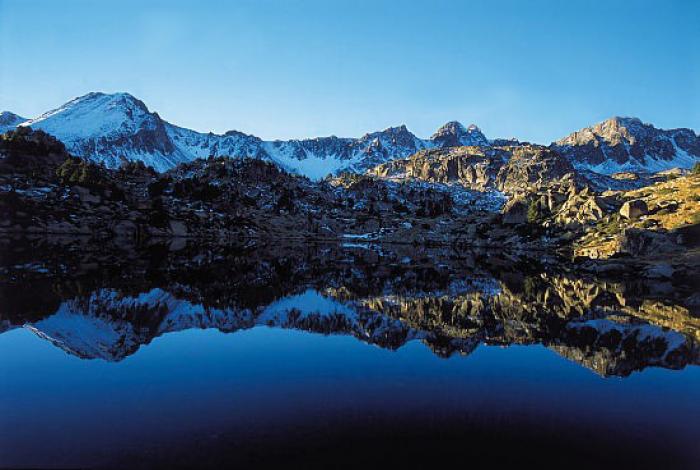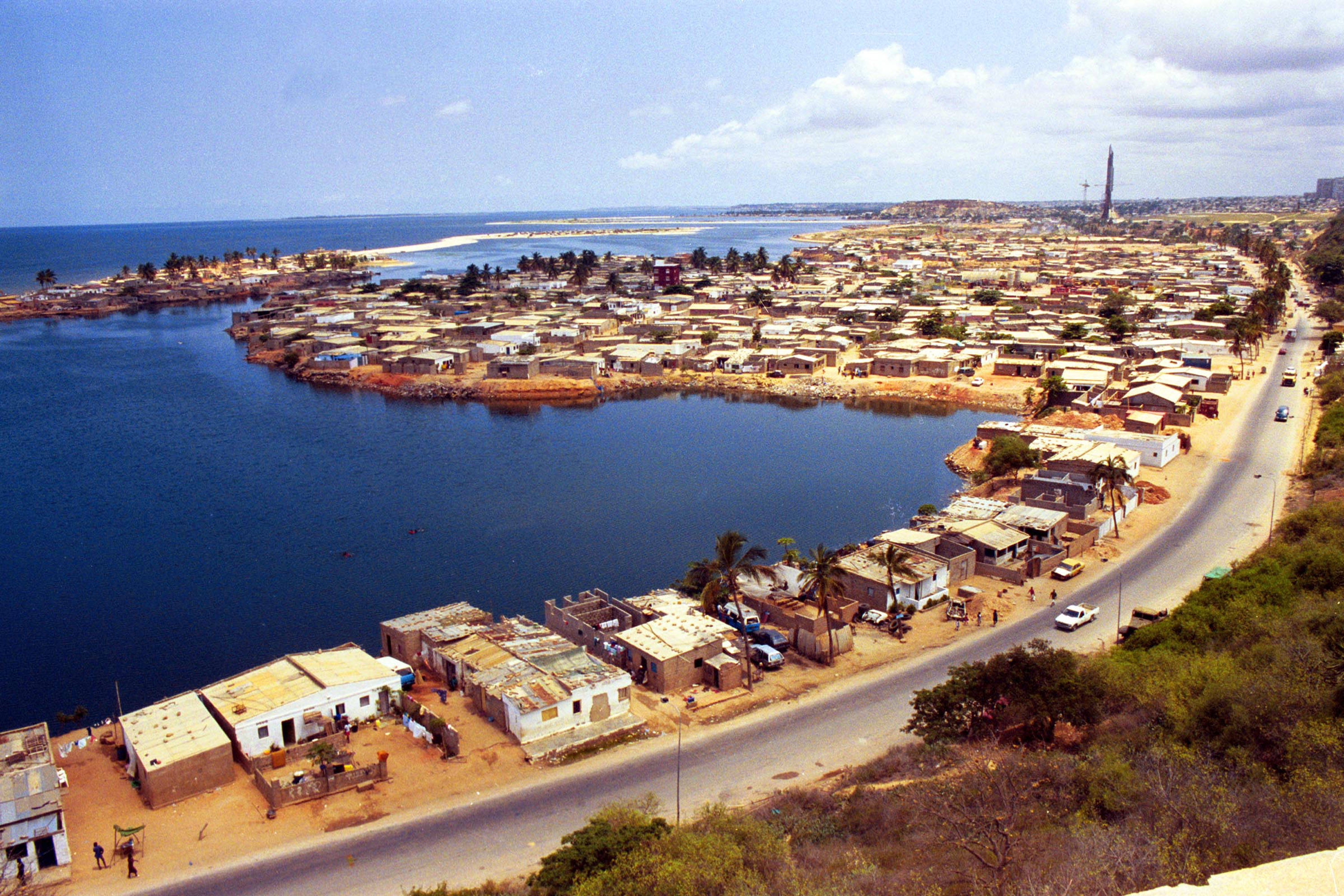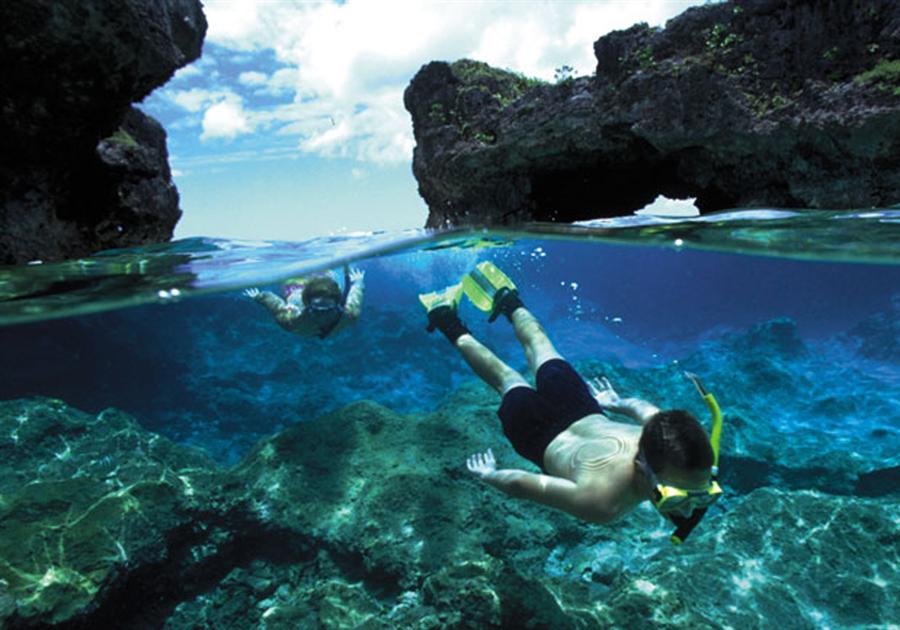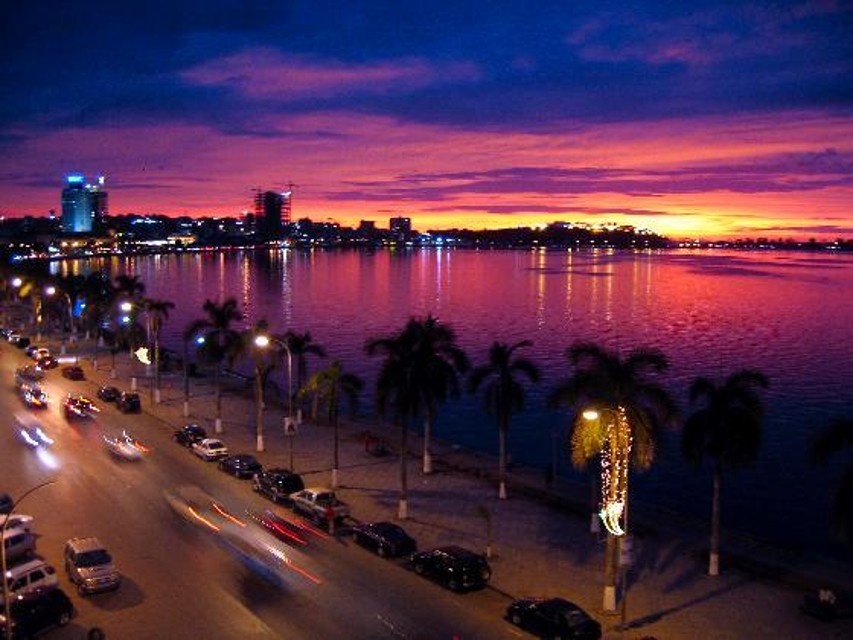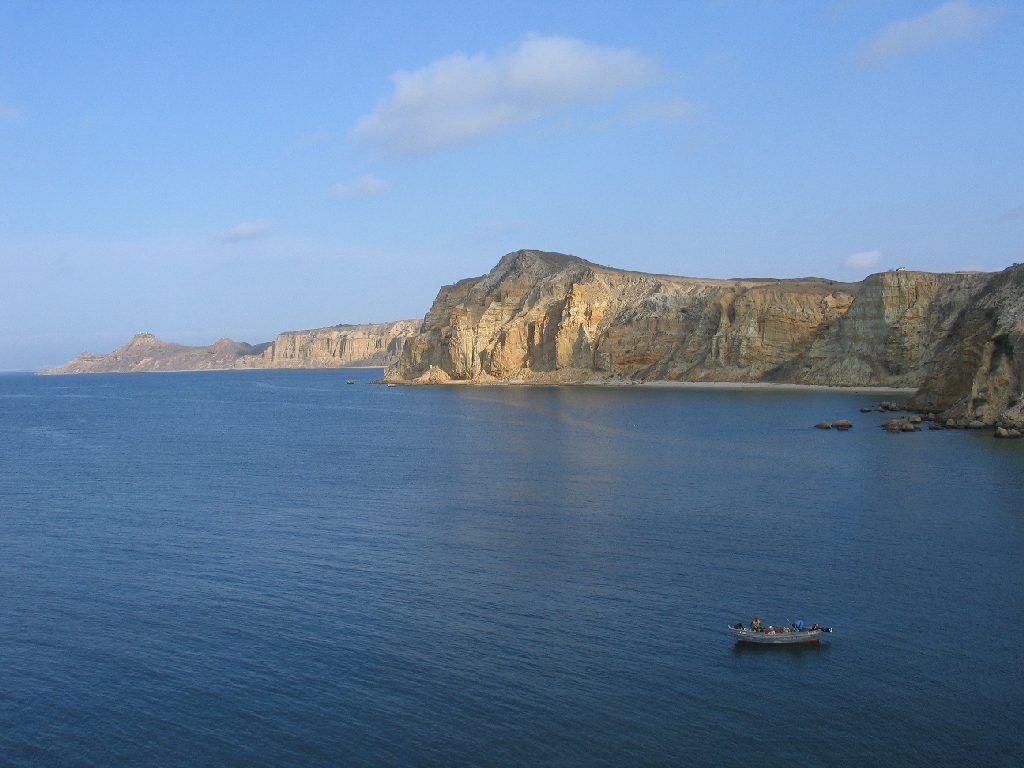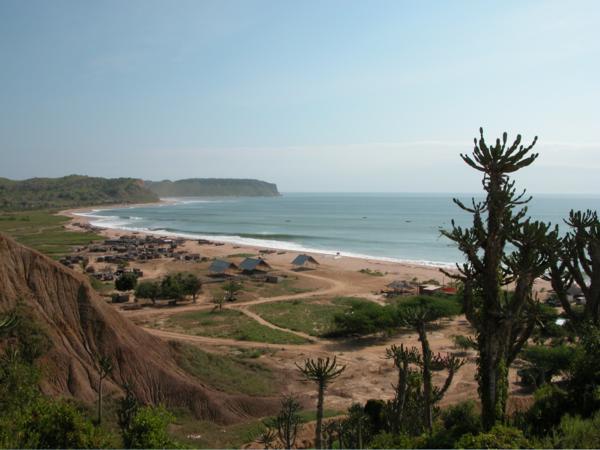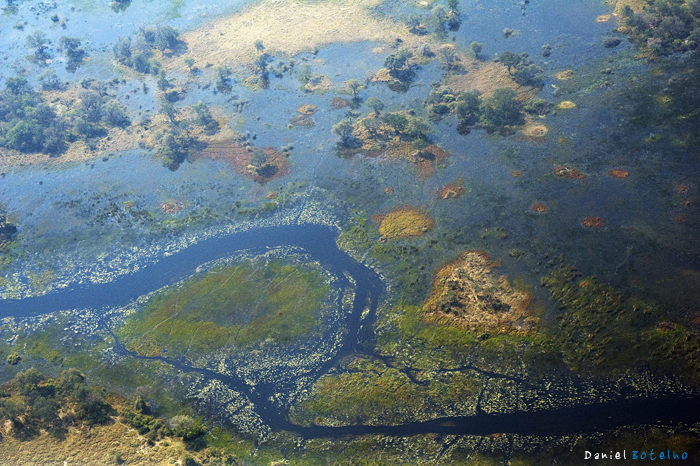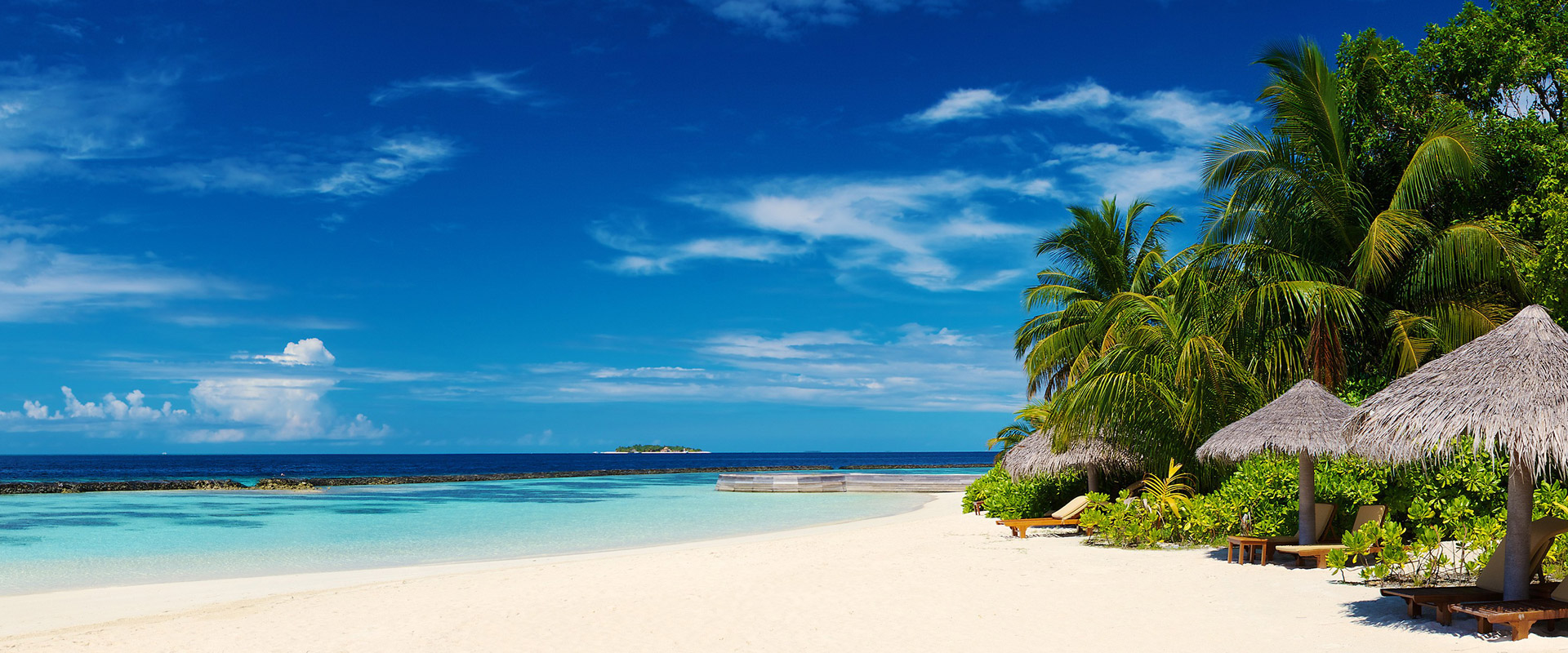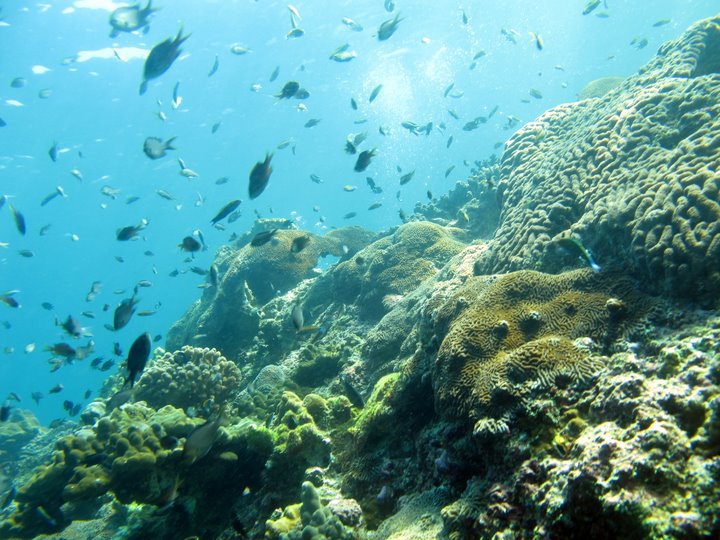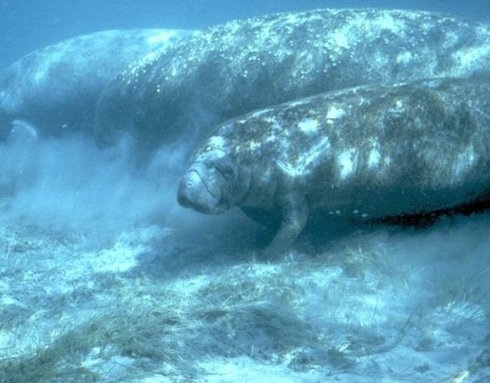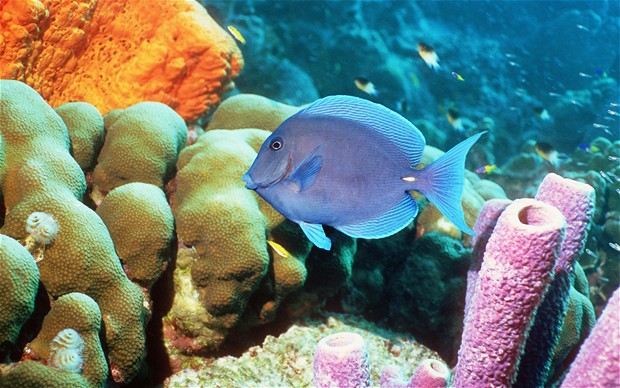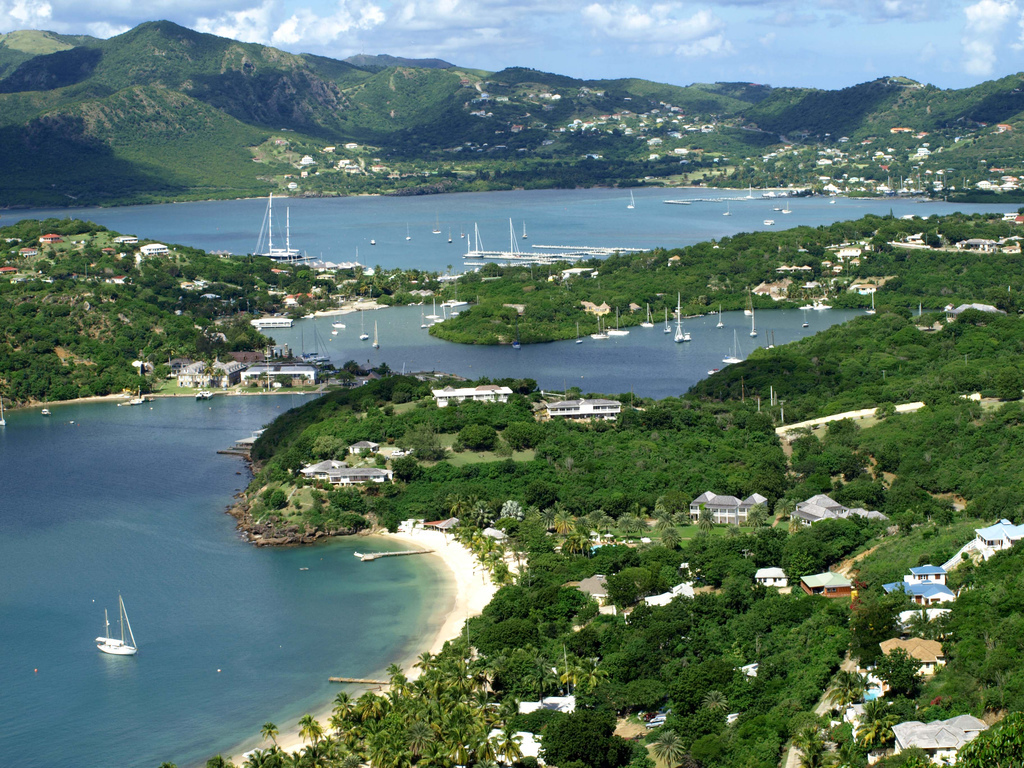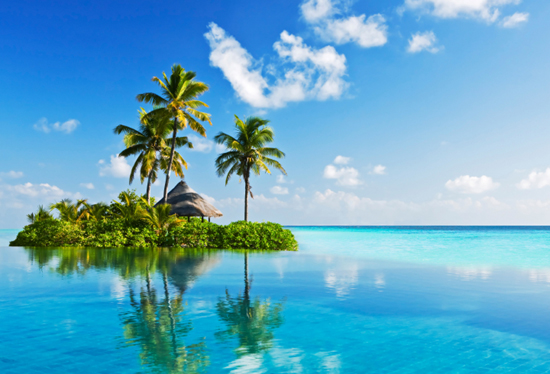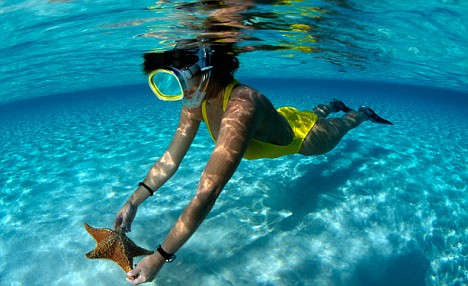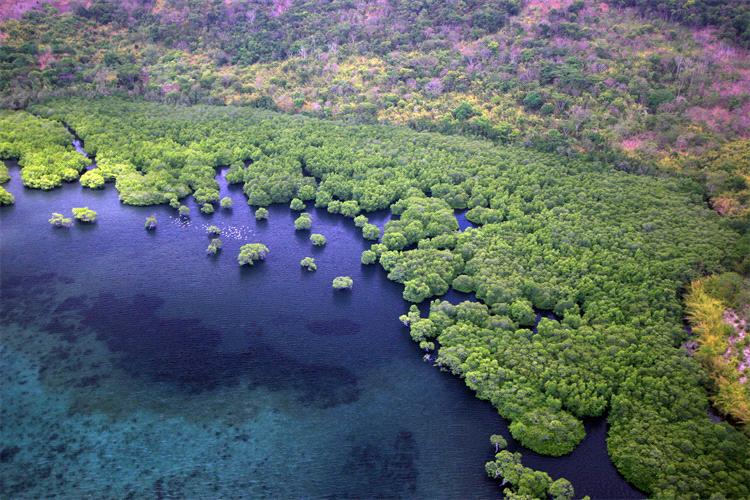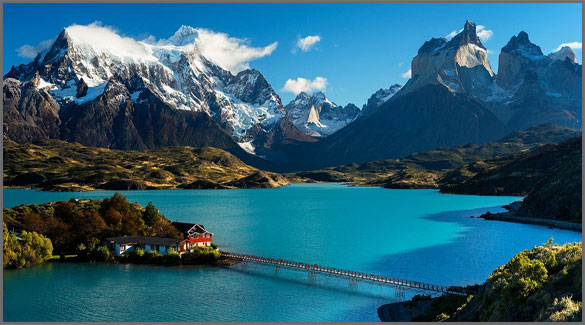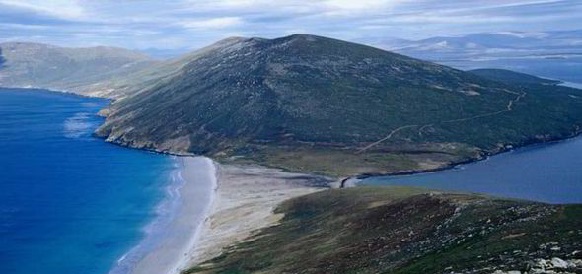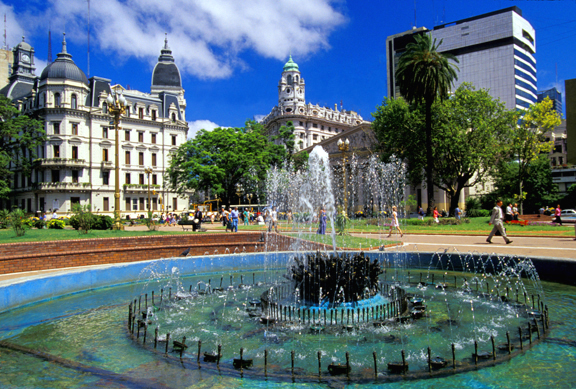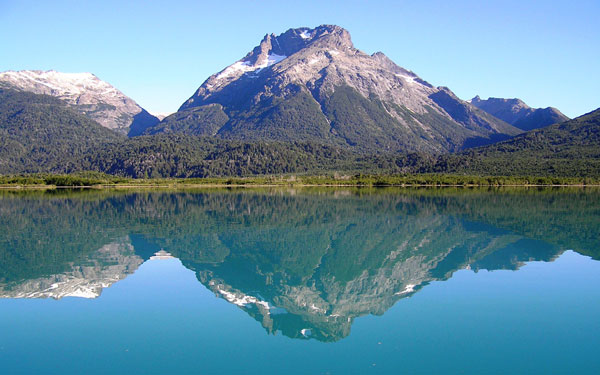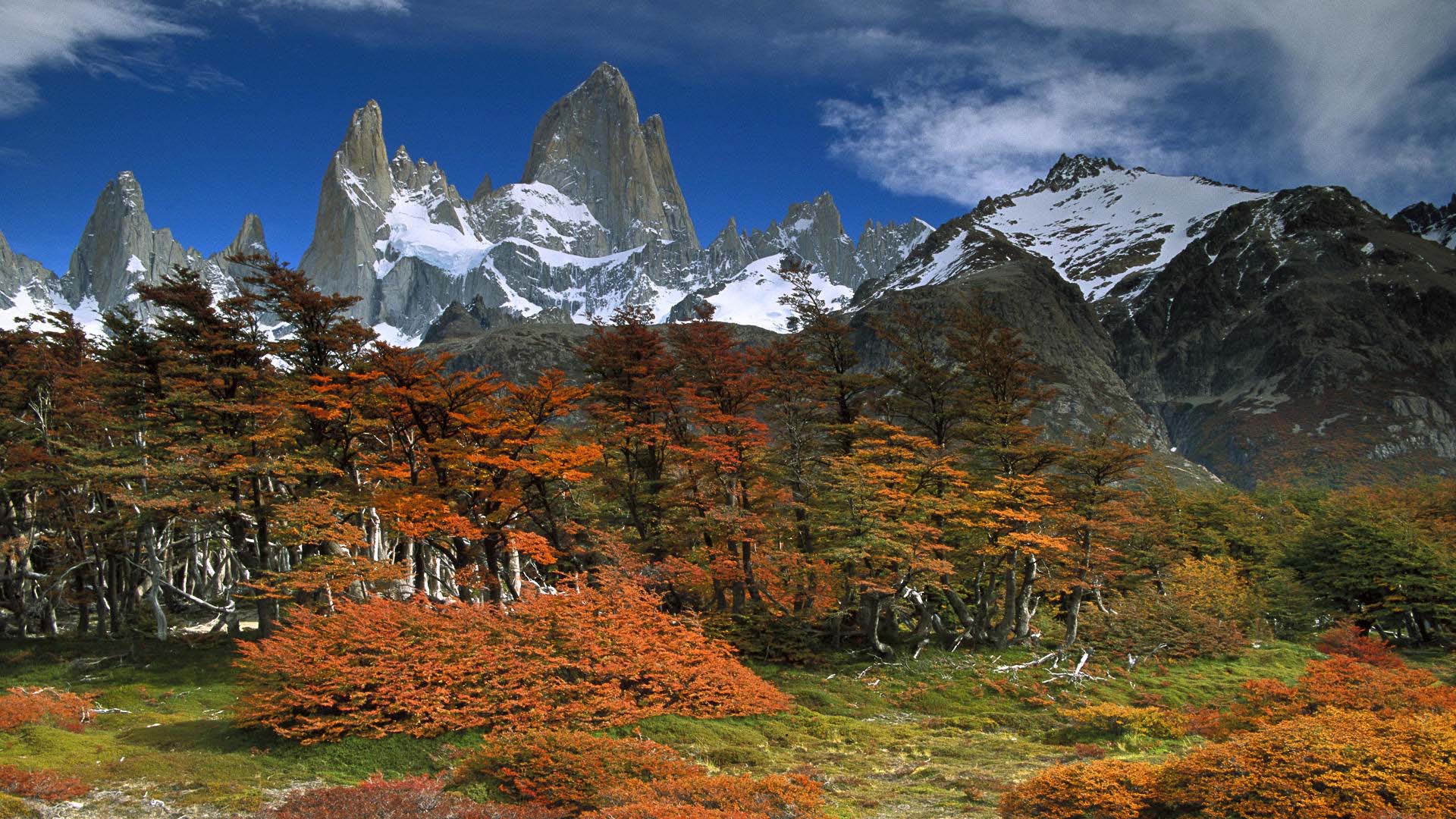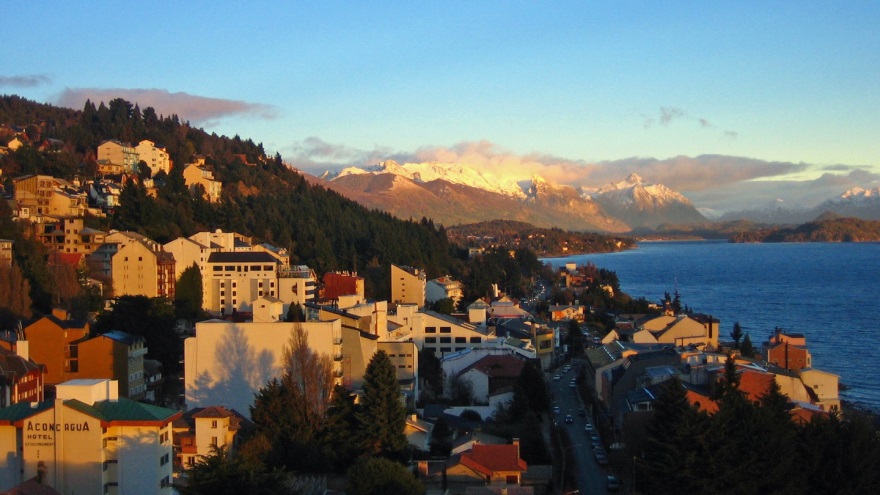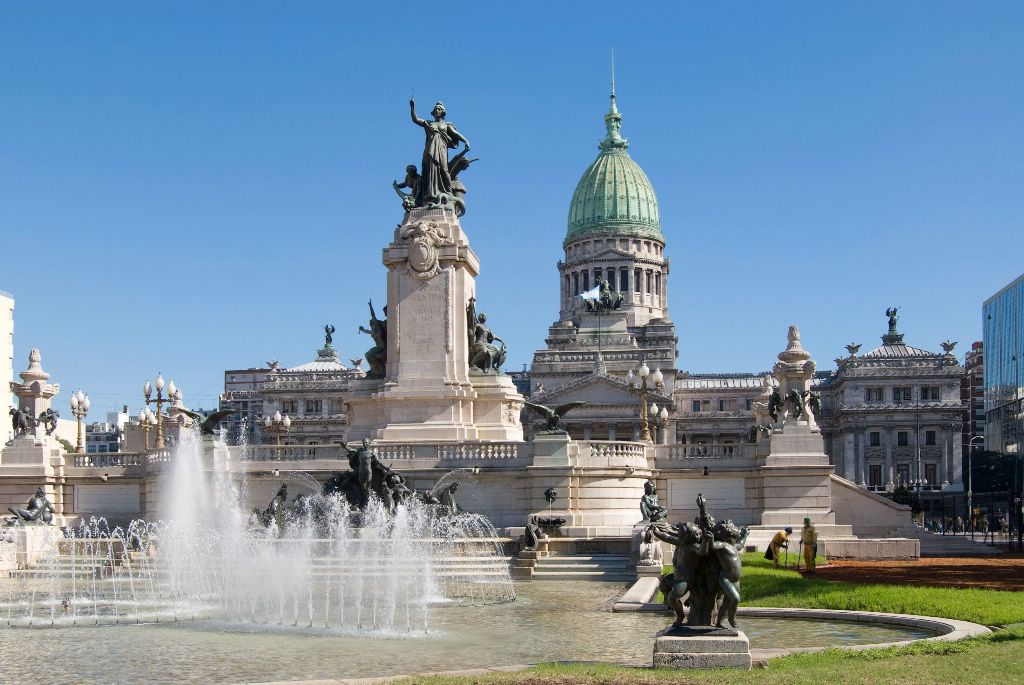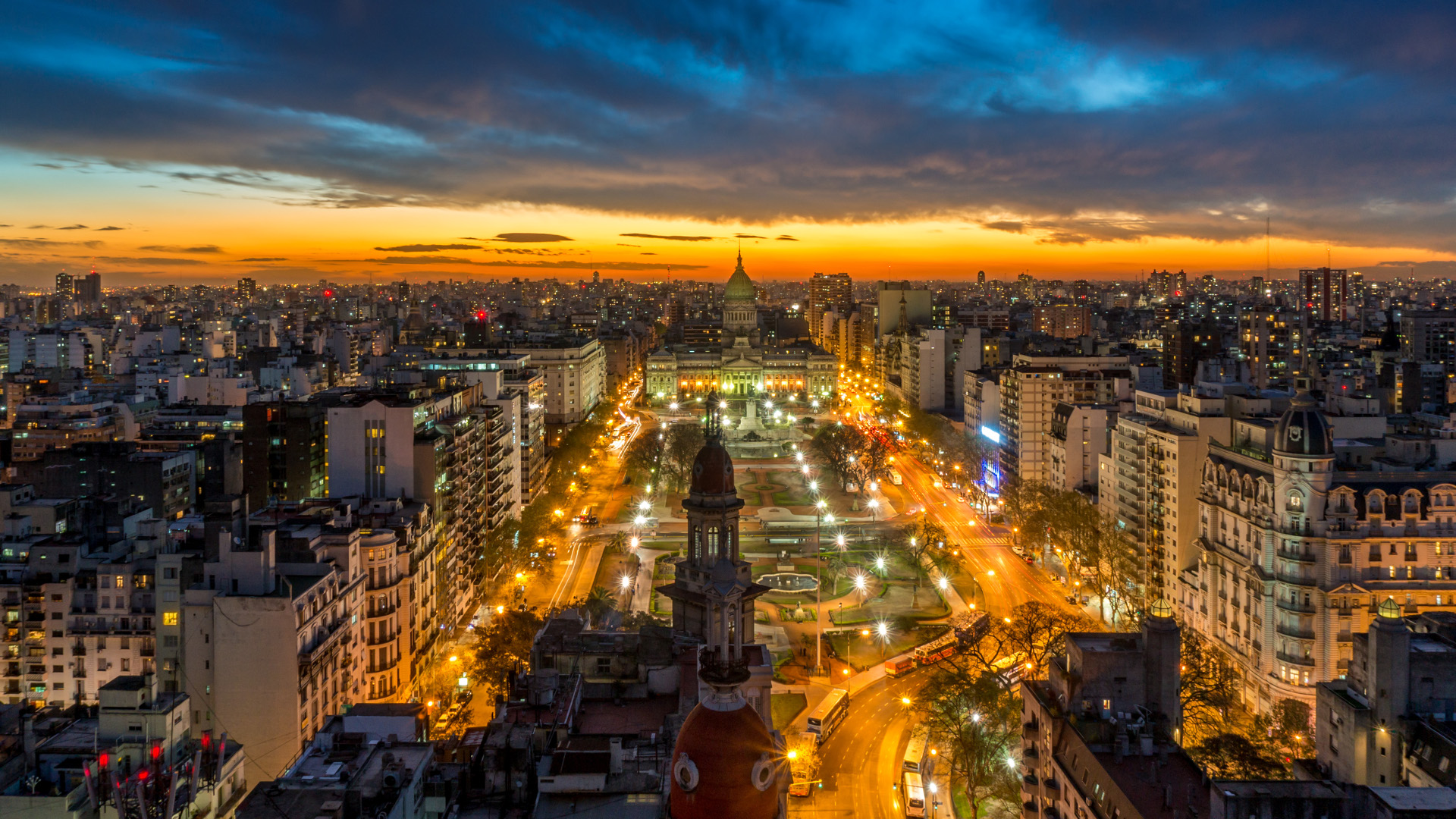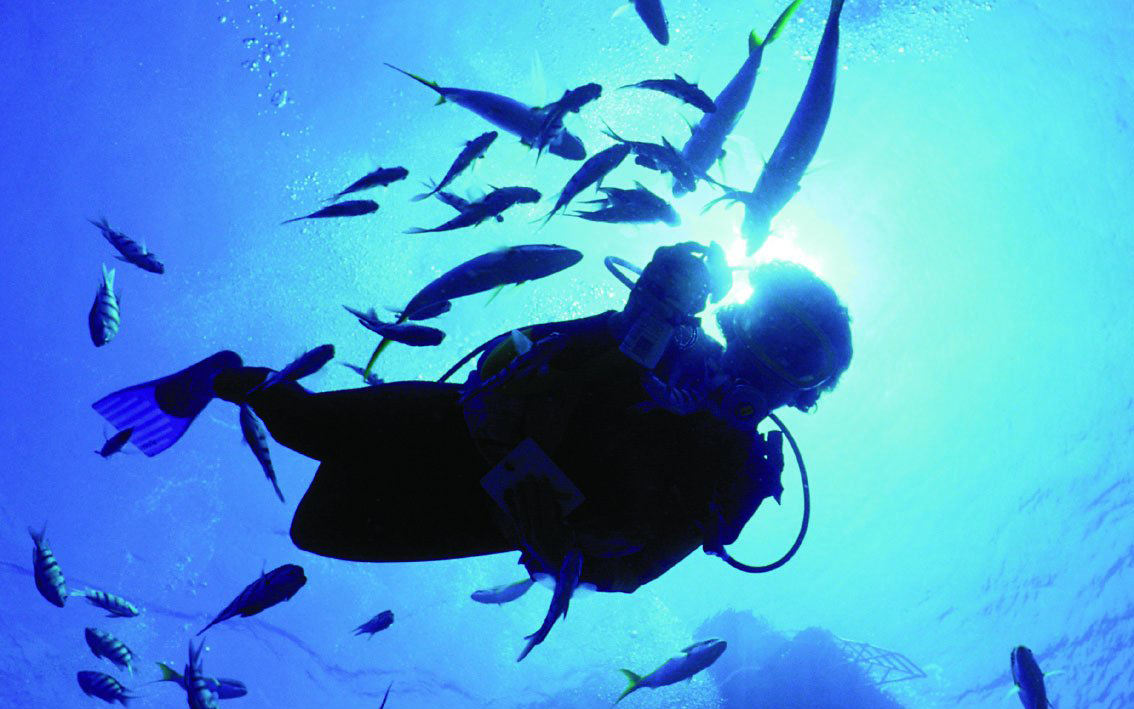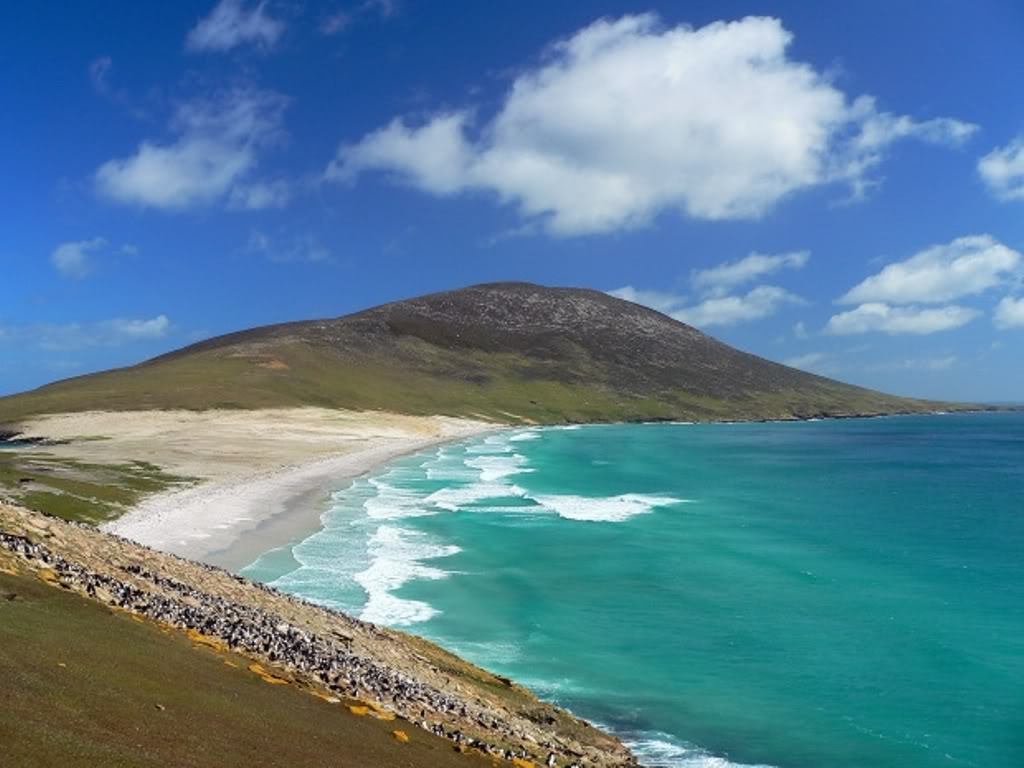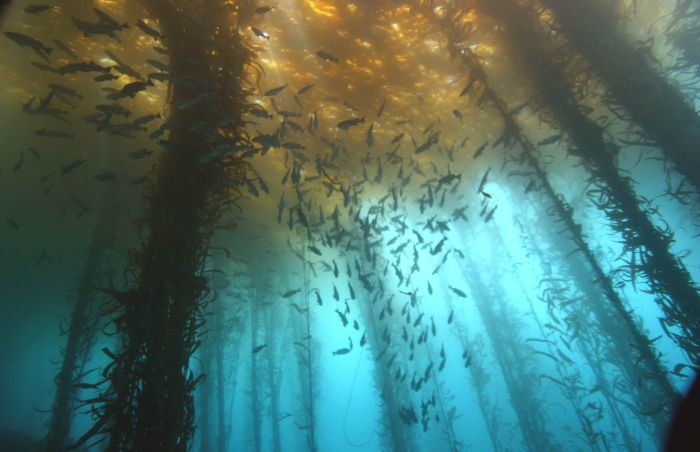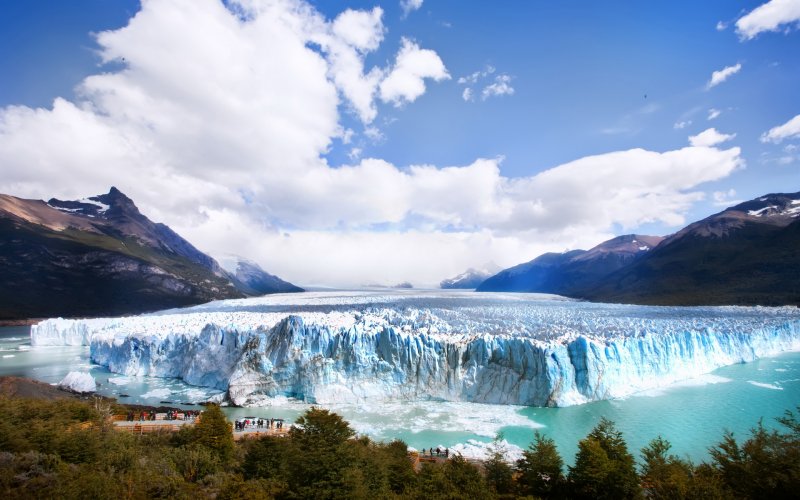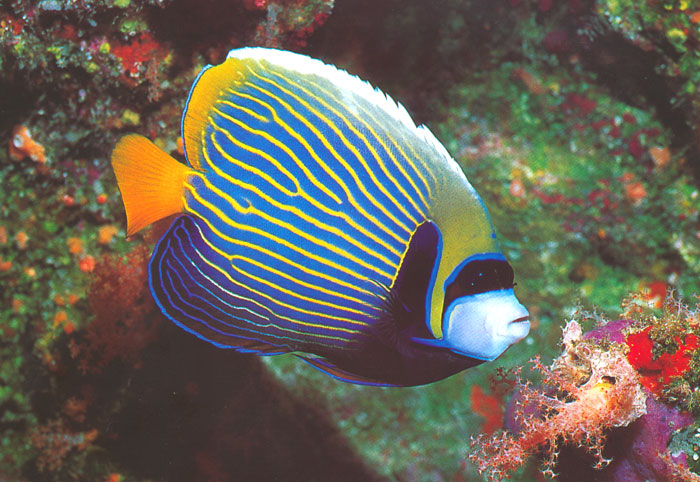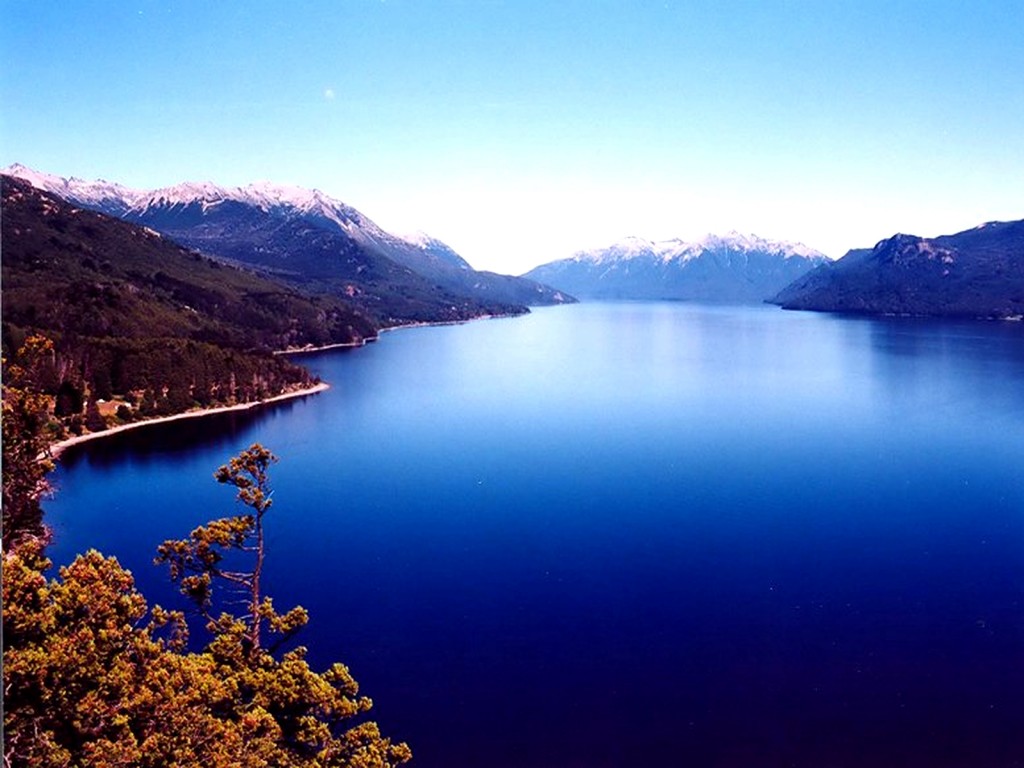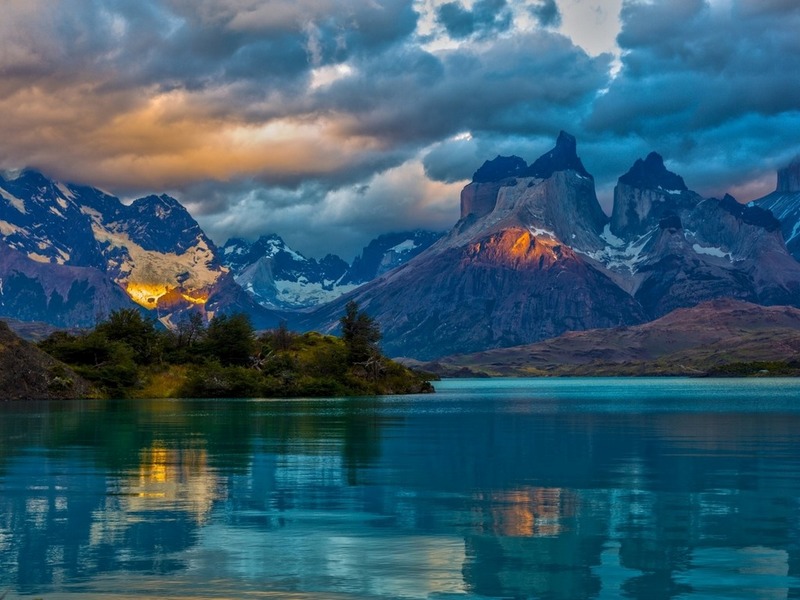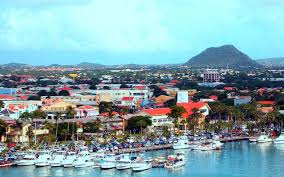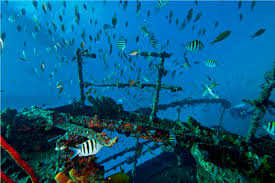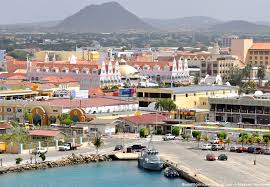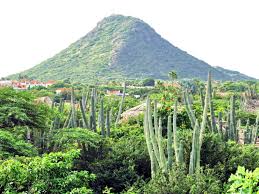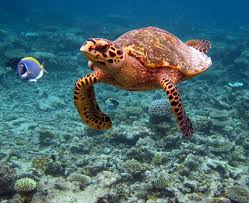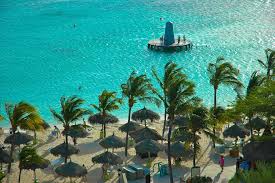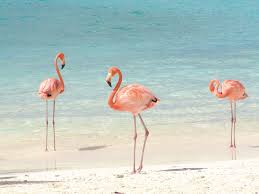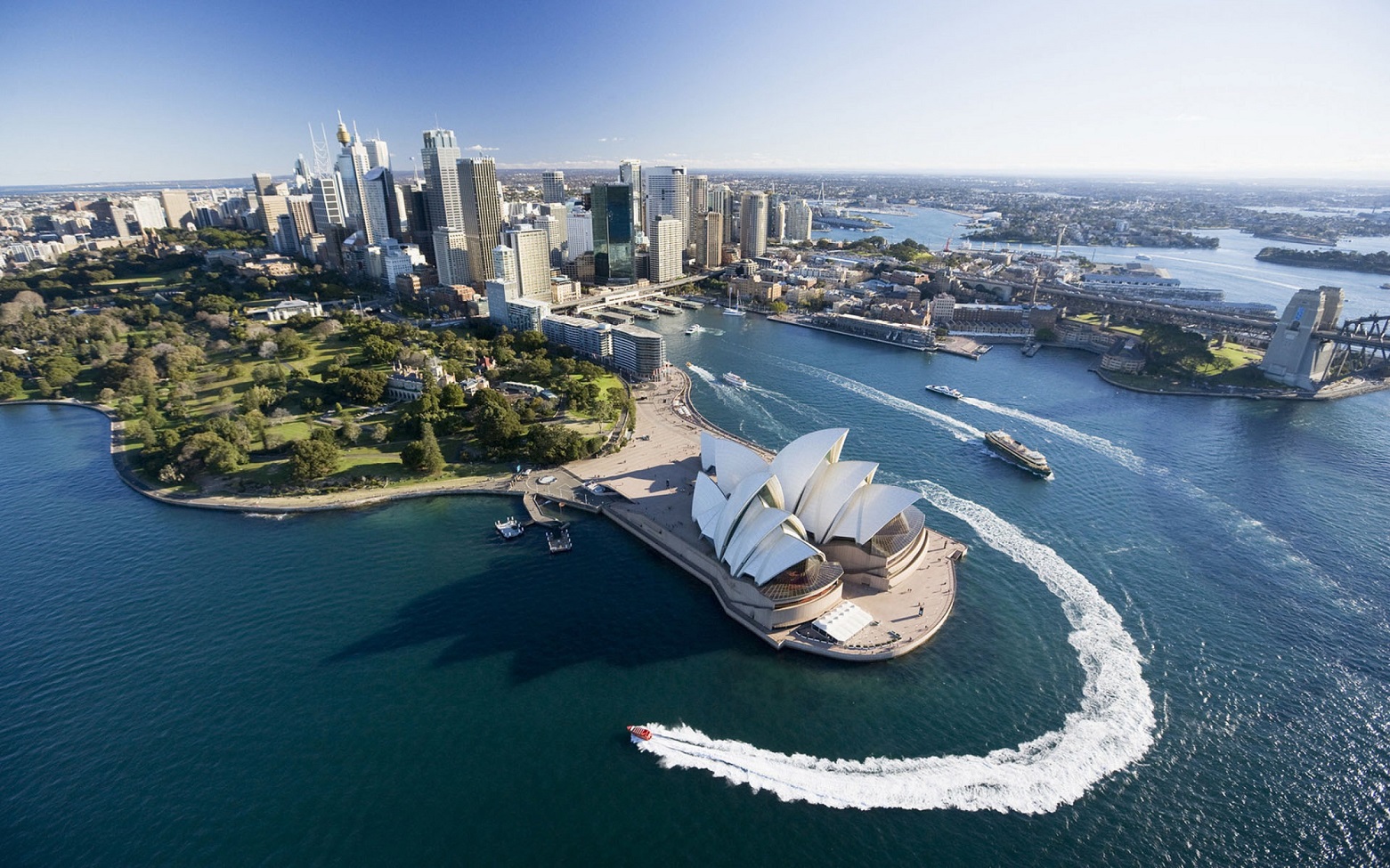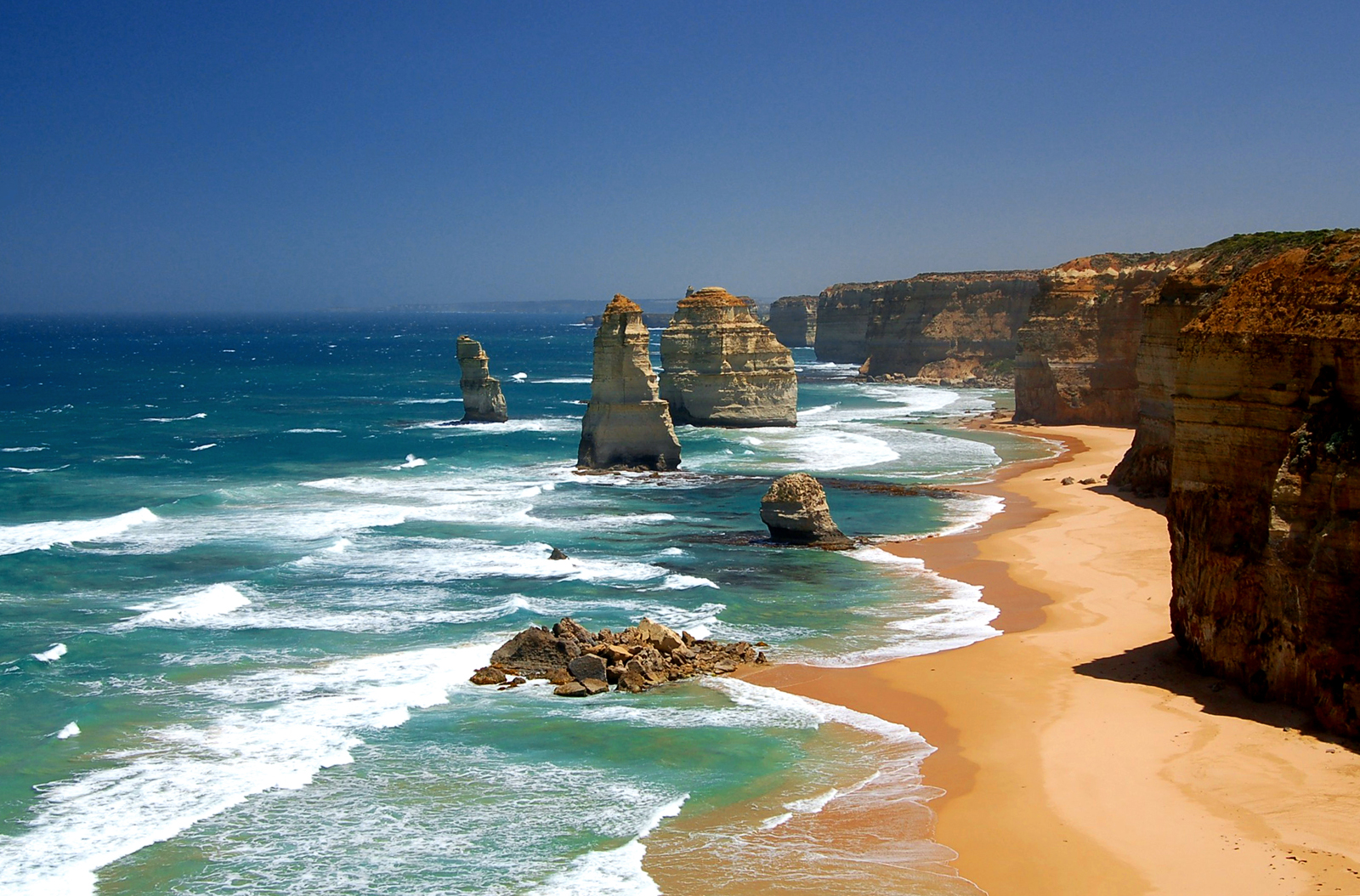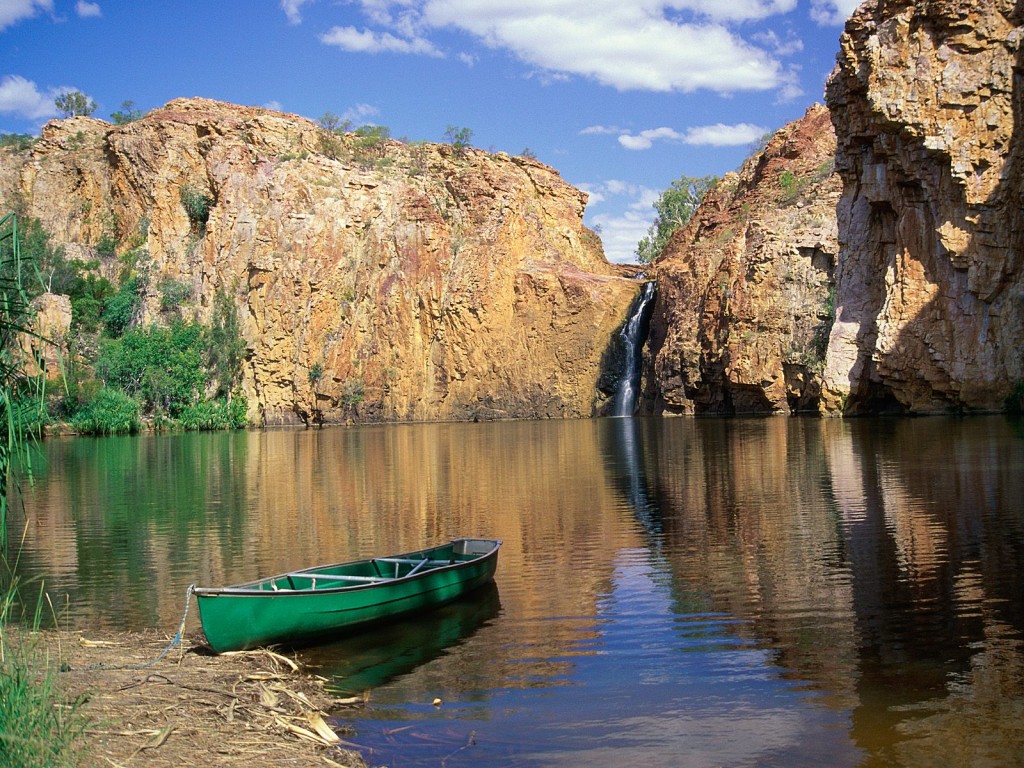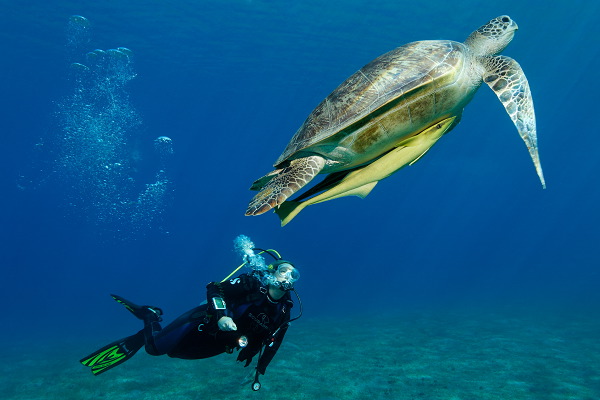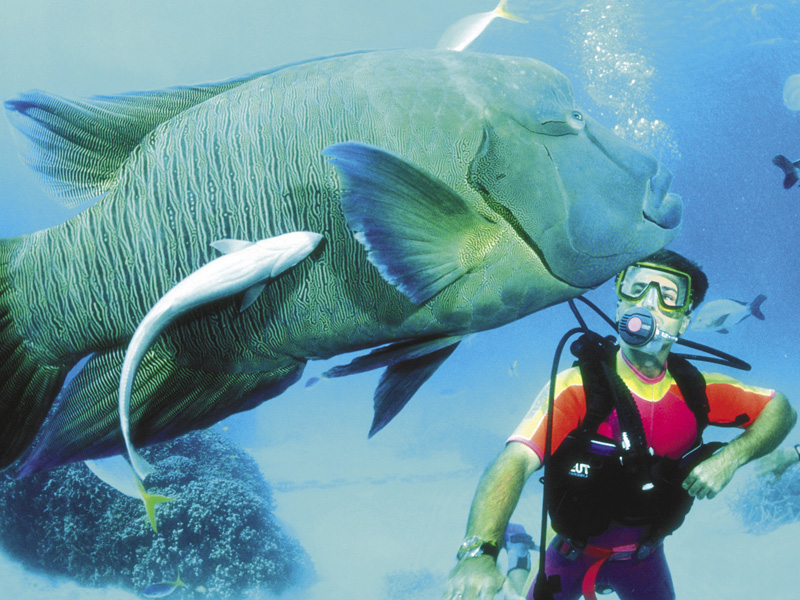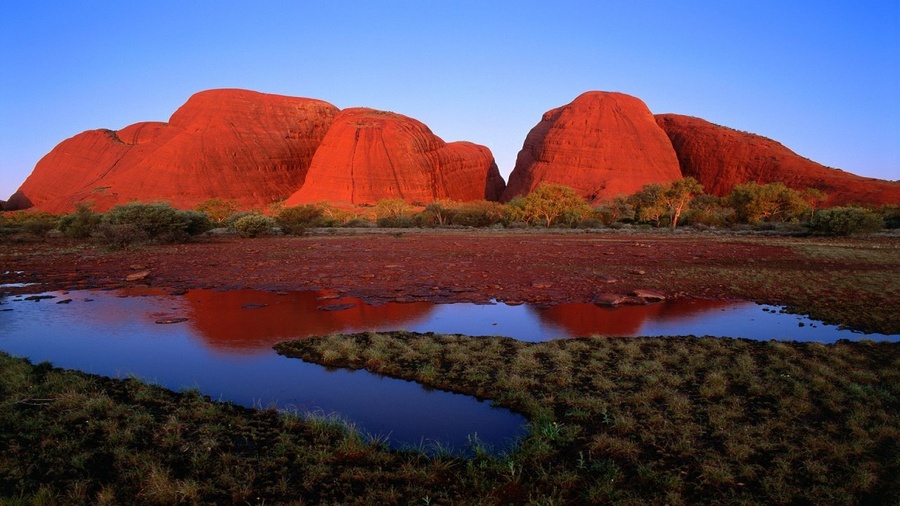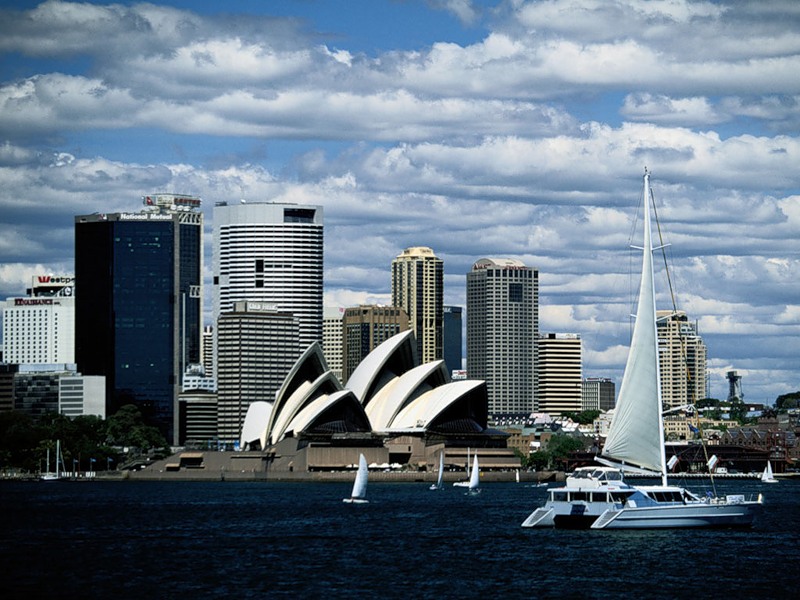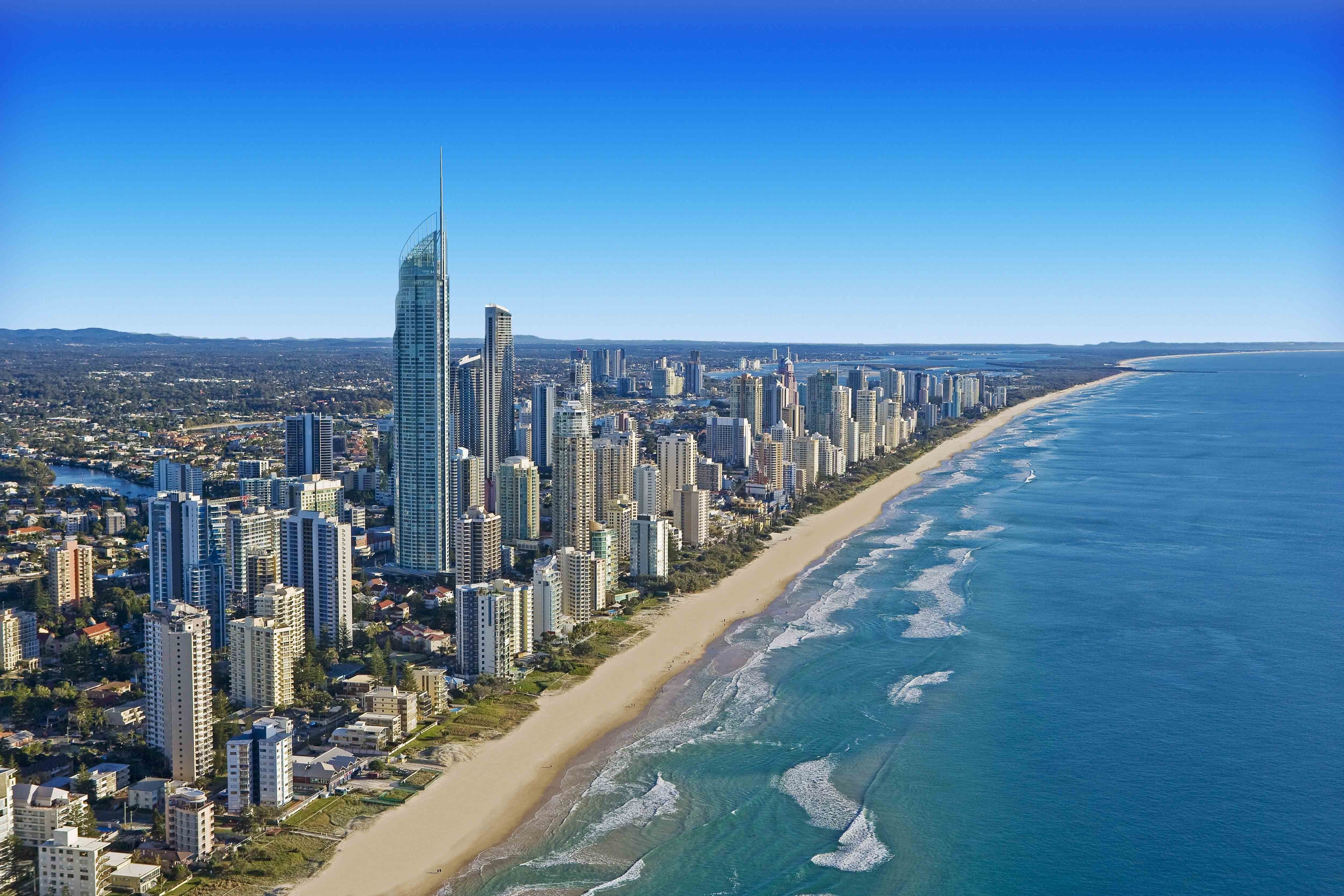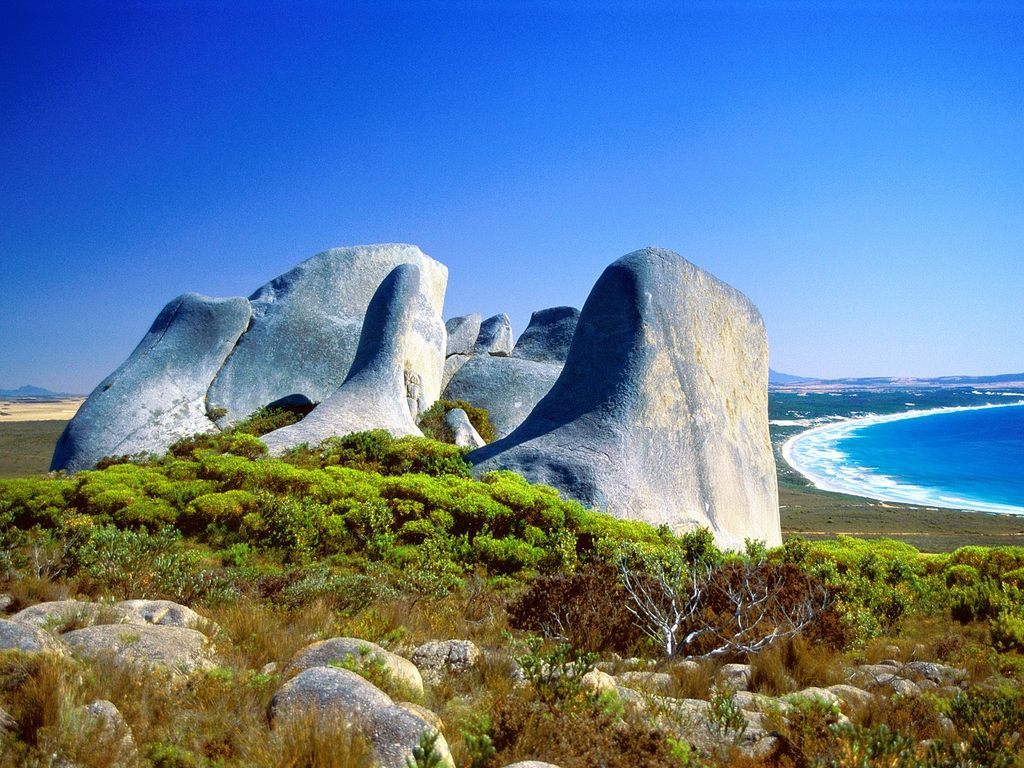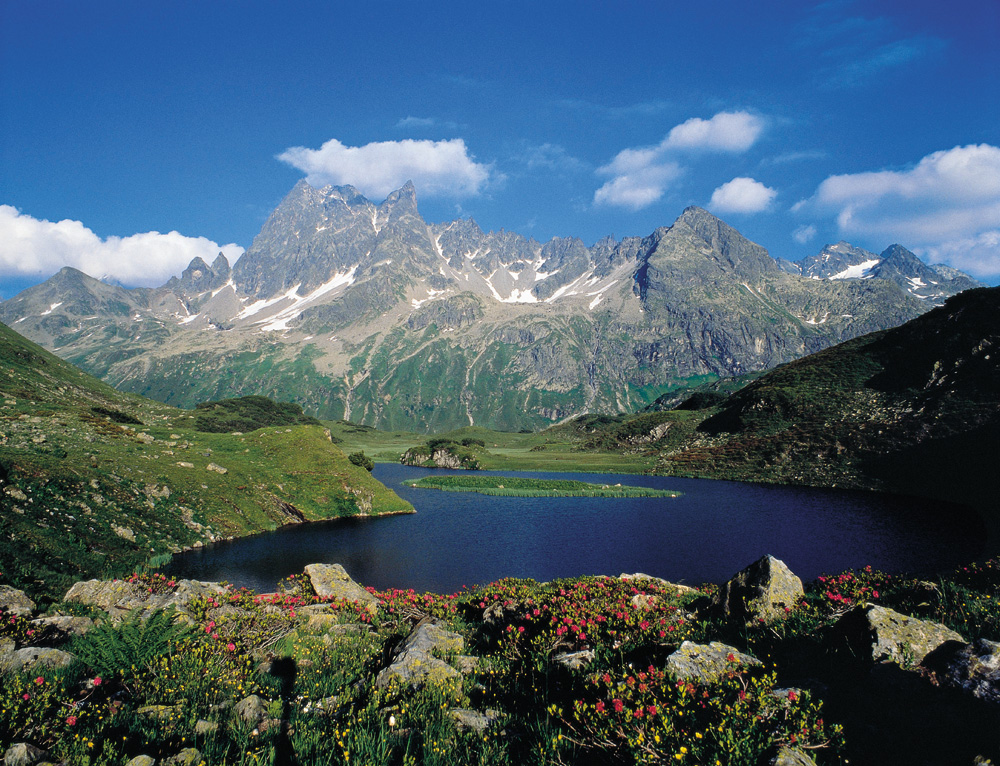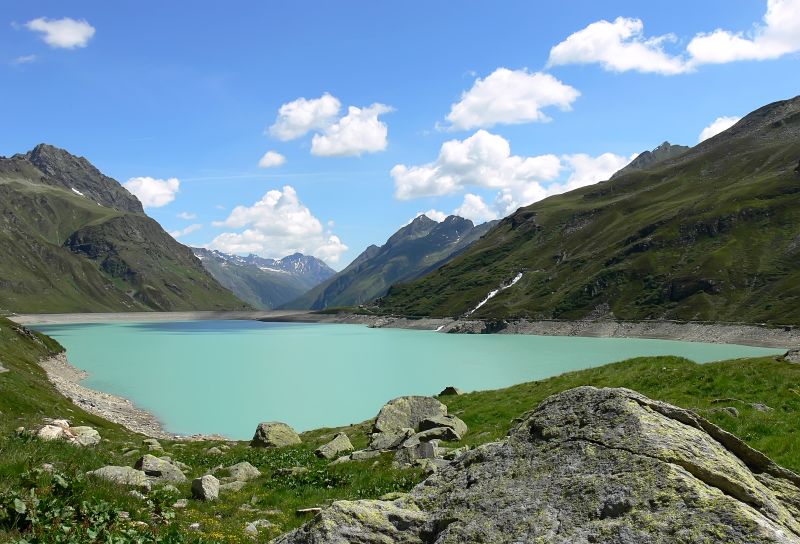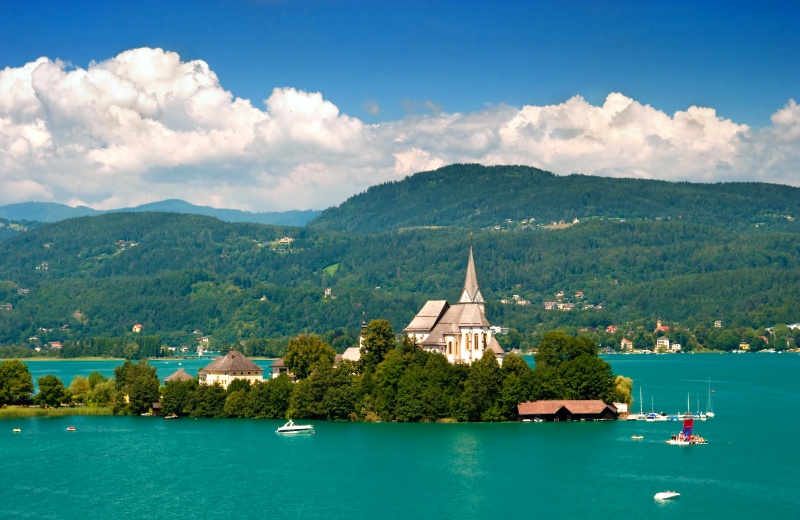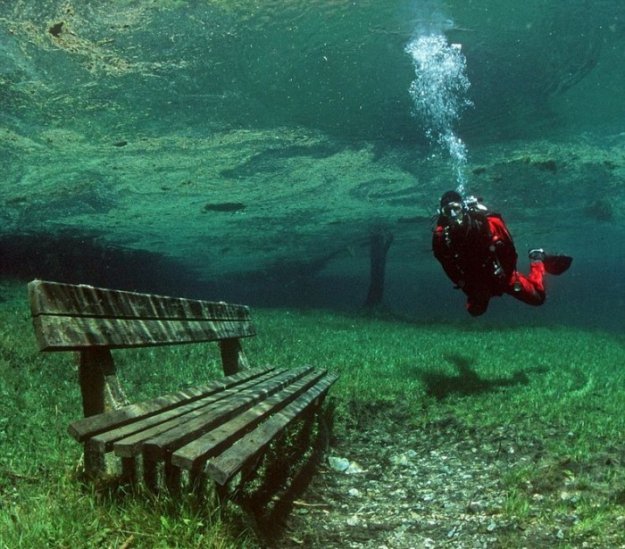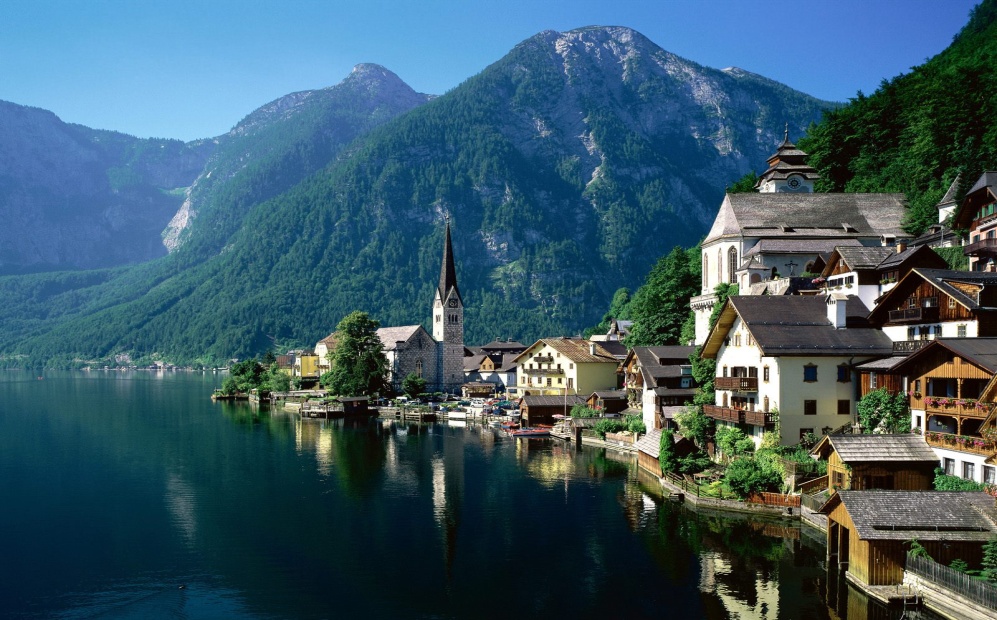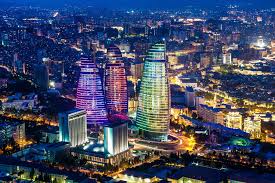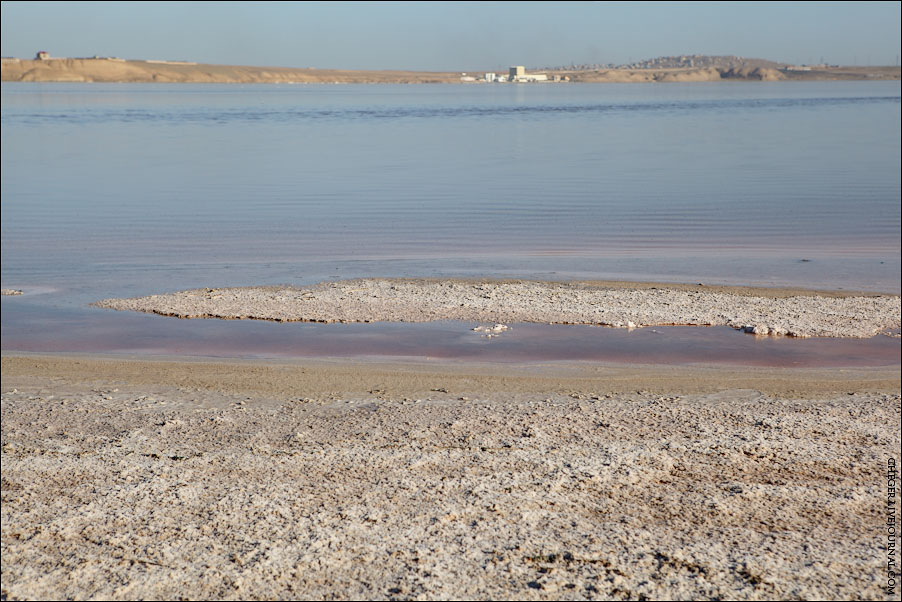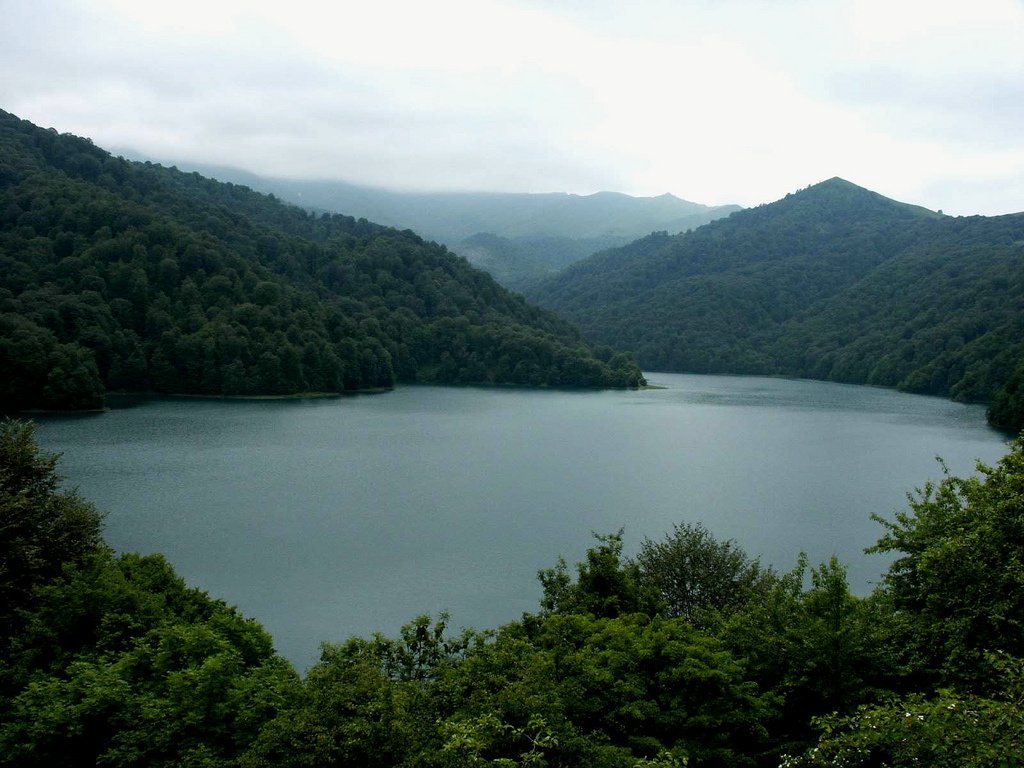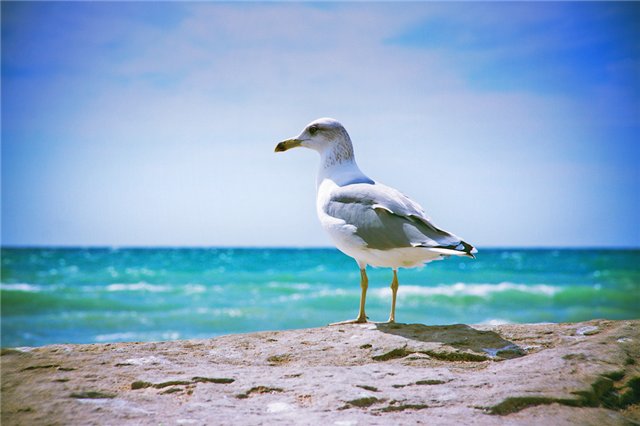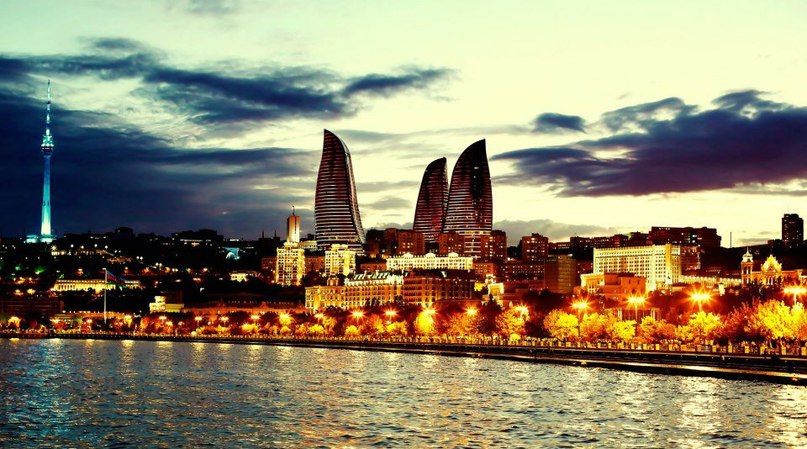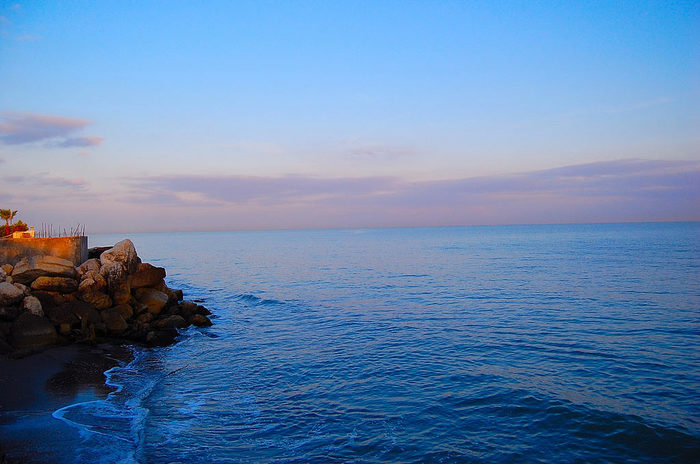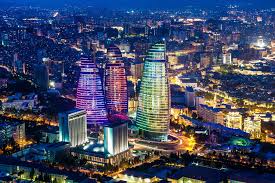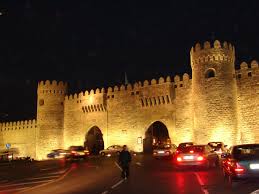Escape for the Weekend
Explore our collection of weekend
Algeria
What to see in Algeria? Grand Ergs in the Sahara; the town of Timimoun; stunning Roman ruins of Constantine; the Palais de Raïs in Algiers; Ksours in the Mzab Valley; reefs and corals of Deca Beach.
Algeria, the complete official name is the People's Democratic Republic of Algeria, is a country in North Africa in the western Mediterranean basin. Algeria is the largest African state. It is bordered by Morocco to the west, Mauritania and Mali - to the south-west, Nigeria - to the south-east and Libya and Tunisia - to the east. The total area is 2.4 million kilometers; the population is about 40 million people. The capital is the city of Algiers. The official language is Arabic. Berber and French are also widely spread.
The national currency is the Algerian dinar. You can exchange money at most banks or at official money changers. You may have problems with withdrawal money at ATMs from your credit card, so try to have enough cash. Credit cards are accepted only in big hotels and restaurants.
Most of the country lies in the Sahara desert. The coastal area is covered with hills and mountains. Algeria’s coastal areas have a mild Mediterranean climate, hot in the summer and cool and rainy in the winter. Inlands have a dryer and hotter climate.
Although a large part of the Algeria is situated in Sahara, the natural wealth of this African country attracts many tourists. Moreover Algeria is extremely interesting for lovers of antiquities. Since there were Romans and Phoenicians, Carthaginians, Byzantines, and Turks, the amazing oriental architecture of buildings, mosques, forts and palaces is combined with Roman, early Christian, Byzantine churches and basilicas.
It’s impossible to feel the atmosphere of Algeria without seeing the Sahara and getting charmed by its austere majestic beauty. You can go trekking by camel through the desert or just visit Grand Ergs in the Sahara. People who spent some time there say that it clarifies thoughts and calms mind. You can have a rest in an oasis, for example in the town of Timimoun, situated near a picturesque red salt lake.
Connoisseurs of ancient architecture should visit Constantine, featuring the country’s most stunning Roman ruins; Tlemcen, a seventeen-century-old city surrounded by vineyards and olive fields, where you can see an amazing Grand Mosque, dating back to 1082; and, of course, the Casbah and the Palais de Raïs in Algiers.
Nature lovers will probably want to see Tassili N’Ajjer National Park with its sandstone mountains, abundant flora and impressive views; the Mzab Valley, where you can see Ksours – fortified towns – built in the 10th century; and Ahaggar National Park, boasting interesting volcanic rock formations and excellent biodiversity.
Houari Boumediene Airport, also called Algiers International Airport (ALG), Algiers
Rabah Bitat Airport (AAE), Annaba
Mohamed Boudiaf International Airport (CZL), Constantine
Oued Irara–Krim Belkacem Airport (HME), Hassi Messaoud
Es-Sénia – Ahmed Ben Bella Airport (ORN), Es Sénia
Zenata – Messali El Hadj Airport (TLM), Tlemcen
Mostépha Ben Boulaid Airport (BLJ), Batna
Soummam – Abane Ramdane Airport (BJA), Béjaïa
Algeria is not a top diving destination, although the Mediterranean Sea gives some opportunities for diving. The best-known dive site on the Mediterranean coast is Deca Beach where you will find interesting reefs, beautiful red corals and abundant sea life. While diving you can meet hammerhead sharks. The water temperature varies from 14 to 28 degrees Celsius.
Andorra
What to see in Andorra? Spa in Caldea; Ordino in Valira del Nord Valley; Vallnord ski resorts and ice diving; glacial Madriu valley.
Andorra, officially the Principality of Andorra, is a microstate in Southwestern Europe, located in the eastern Pyrenees and bordered by Spain and France. The total area of Andorra is only 468 square kilometers and the population of the country is 85 thousand people. The capital of the country is Andorra la Vella. The official language is Catalan.
The national currency is the Euro, though the country is not a member of EU.
The terrain of Andorra mostly consists of mountains dissected by three narrow valleys. The climate is alpine and continental. Andorra is a sunny country – there are about 300 days of sunshine a year.
Andorra is a true paradise for shopaholics, as for many goods you will pay at least 20% - 30% less than in France or Spain, for example.
Connoisseurs of spa treatment will like Caldea, the largest spa center in Southern Europe, suggesting huge range of spa facilities and working all year round.
People interested in history should not miss Ordino, located in Andorra's picturesque Valira del Nord Valley. Some splendid buildings of this quiet town are dating back to the 17th century. In the village of La Cortinada you can see the lovely 12th-century Sant Martí de la Cortinada church. And of course, many sites worth seeing can be found in Andorra la Vella, one of the world's highest capital cities.
As a mountainous country Andorra has plenty of opportunities for skiing. The most famous places are Vallnord, containing three unique ski resorts: Arcalis, Pal, and Arinsal; and Grandvalira.
Those who like hiking can visit the glacial Madriu valley, a striking UNESCO World Heritage site.
There are no airports in Andorra, so tourists get there mostly by transfers from Barcelona (Barcelona–El Prat Airport (BCN) located 12 km of the center of Barcelona) or Toulouse (Toulouse Blagnac Airport (TLS), an airport located 6.7 km of Toulouse).
Though Andorra is a landlocked country, it has interesting diving places.
In Vallnord you can take up ice diving. Exploring underwater world under a thick layer of ice and snow will become an amazing experience.
Andorra’s mountain lakes give an opportunity of scuba diving in waters from 2,000m to 2,700m above sea level. The depth ranges from 5 to 90 meters.Angola
Angola, officially named the Republic of Angola, is a country in Central Africa, bordered by Namibia to the south, the Democratic Republic of the Congo to the north-east and north, Zambia to the east, and washed by the Atlantic Ocean from the west. The total area of Angola comprises 1.2 million square kilometers; the population is 24 million people. The capital of the country is Luanda. The official language is Portuguese.
Angola’s terrain consists of a coastal plain, changed by a belt of hills and mountains, and then a big plateau. The climate is semiarid, with two distinct seasons - the cool one that lasts from June to September; and the rainy one, continuing from October to May.
The national currency is the Angolan kwanza. US dollars are accepted almost everywhere. Money can be exchanged at banks, in many shops or in licensed money changers. Although there are ATMs in Angola, most of them do not accept foreign credit cards.
Most tourists, annually visiting Angola are attracted by its amazing nature: the stunning views of the coast, the Namib Desert, located in the southern part of the country, and the savanna.
Moreover, many foreign visitors come to see the traditional life of some tribes living in Angola – some of them have preserved their lifestyle since the Stone Age.
As a result of centuries of colonial status in African states there are not many man-made sights, although you can find some architectural monuments in Luanda.
In Malanje there are the stunning Kalandula Waterfalls, especially impressive in rainy season. In the Kissama National Park you can see lots of different wild animals, including the endemic black palanca antelope. Off the southwest coast of Angola there is Tiger Bay, an isolated island, home to marine turtles and some endangered seabirds. On the coast you can see many forts, built during colonial times, including the well-known Fortress of San Miguel, founded in 1789.
Quatro de Fevereiro International Airport (LAD) the main international airport of Angola, situated near Luanda.
Albano Machado International Airport (NOV), Huambo
Although Angola is not a primary diving destination, its underwater world keeps a lot of interesting. You will find here stunning views, white-sand beaches, clear water and interesting reefs. Many of Angola’s beaches are almost unexplored and uncrowded, which makes them a perfect destination for those who like solitude and discoveries.
Beginning divers will like Lucira Beach with its extensive reefs, good visibility and light currents.
The waters off Bibala Beach are said to have healing properties. It is hard to say whether it is true or not, but diving here will be a good experience.
Benguela Beaches can boast turquoise water, panoramic views and interesting underwater landscape with inlets and coves.
Clear and calm waters of Das Miragens and Azul on the Namibe Peninsula are suitable both for diving and snorkeling.
Anguilla
Antigua and Barbuda
What to see in Antigua and Barbuda? Caribana festival; Fort James and St. John; Codrington Lagoon; Devil's Bridge; Cale-Shirley and Sunken Rock.
Antigua and Barbuda is a state, lying on the three islands of the West Indies - Antigua, Barbuda and Redondo. The tropical climate, beaches with white sand, picturesque mountain peaks and the absence of severe storms due to the fact that the islands are surrounded by numerous coral reefs, make Antigua and Barbuda a true paradise.
Tourist center of the state is the largest of the three islands - Antigua. There are more than three hundred beaches, as well as many hotels and entertainment venues such as casinos and nightclubs. Here in the spring you can enjoy the annual yacht regatta and in august - the famous Carnival.
Barbuda is a completely coral island, whose nature is preserved in its pristine wild and mostly not developed. On Barbuda Caribana – a folklore festival, a picturesque tourist spectacle – is held. The area of the third island - uninhabited Redonda Park - is only one square kilometer.
The main attractions of Antigua are considered to be the National Museum, which is located in the capital of Antigua – St. John's; Fort James and St. John. Those who wish to get acquainted with local history can visit British naval base, built in the 17th century, the career of the famous Admiral Nelson began, as well as the colonial fortifications in Falmouth Harbor and English Harbor in the south of Antigua. In the west of Barbuda there is Codrington Lagoon, famous for its caves and many species of sea birds. Devil's Bridge, the last obstacle in the way of runaway slaves to freedom and the ocean, has very sad reputation, which supports the undying interest of tourists.
The official currency of the state is the East Caribbean dollar, but the good old US dollar, credit cards and traveler's checks are no less widespread.
International Airport of Antigua and Barbuda is located 8 km. east of the capital and has one terminal. In addition to international flights, VK Bird provides flight connection with another local airport on the island of Barbuda - Codrington. You can leave the airport only by taxi - the buses do not go here. Also it is worth noting that leaving the country, all the tourists over twelve years are subjected to the fee, the amount of which is twenty dollars.
V. C. Bird International Airport (ANU)
Both islands are almost entirely surrounded by coral reefs and underwater rocks, which at one time was the cause of many shipwrecks. Misfortunes of sailors who found their last resting place near the coast of the West Indies turned into luck for modern divers, as for those who like exploring the deep sea there is nothing more interesting than old wrecks. Officially, diving at most of the protected reefs near the coast of Antigua is free. Offshore shoals, located in the south and east of Antigua and covering almost all the coast of Barbuda, provide excellent conditions for diving. The underwater world of the islands can be called truly outstanding - here you can see angelfish, parrot-fish, barracuda, wrasse, sea turtles and even dolphins. Lovers of "sharp experiences" will like to meet with nurse-sharks, which, although they are considered practically non-hazardous, can easily tickle even the most experienced divers. It is worth noting that despite the small depth of most dive areas, coral reefs of the islands are preserved almost intact, so their exploration will not disappoint any diver. The most popular diving areas are Cale-Shirley and Sunken Rock, as well as the southern coast of Antigua, all of them are fairly close to the coast.
Argentina
The Iguazú Falls; spa in the Traslasierra Valley; glaciers in Los Glaciares; multicolored hills of the Quebrada de Humahuaca; whales and seals off Peninsula Valdes; the Tierra Del Fuego National Park; wrecks of the SS Sarmiento, the Monte Cervantes and the Mañana.
Argentina is a country located in the southeast of South America. It shares borders with Chile, Bolivia, Paraguay, Brazil and Uruguay and is washed by the South Atlantic Ocean. Argentina has the total area of 2.7 million square kilometers with the population of 42.6 million people.
The capital of the country is Buenos Aires. The official language is Spanish.
The national currency is the peso. Most major credit cards are accepted, some hotels and tourist centers accept US Dollars. Tourists can exchange currency in banks and authorised cambios (bureaux de change).
Argentina’s climate is very diverse, changing from tropical in the north to subpolar in the south. The terrain of Argentina consists of a large plain in the center, jungle in the northeast, the plateau of Patagonia in the south, the Andes in the west.
Argentina is a good destination for those who like outdoor activities. You can go skiing in the Andes, Las Leñas and San Carlos de Bariloche; enjoy nature in such national reserves as Punta Tombo, Peninsula Valdes and Nahuel Huapi; go hiking or relax in spa-complexes in the Traslasierra Valley. While being in Argentina you should definitely visit the Iguazú Falls; watch the famous Argentinian tango; taste Argentinian wine in the small town of Maipu in Mendoza; lie on the beach in Mar del Plata; see glaciers in Los Glaciares and incredible multicolored hills of the Quebrada de Humahuaca. Argentina is full of different attractions.
Ministro Pistarini International Airport (EZE), known as Ezeiza International Airport is the country's largest international airport. It is located 22 kilometers from Buenos Aires.
Cataratas del Iguazu International Airport (IGR), also known as Mayor Carlos Eduardo Krause Airport.
Governor Francisco Gabrielli International Airport (MDZ), better known as El Plumerillo International Airport, located 8 kilometers from the center of Mendoza.
The most popular diving sites in Argentina are the following:
Peninsula Valdes, where you can watch whales, Magellan penguins, elephant seals, sea lions and orcas;
the Beagle Channel near the town of Ushuaia, where the Tierra Del Fuego National Park is located. Here you can see kelp forests and various marine inhabitants, including sea lions. The water temperature is about 6-15 degrees Celsius;
in the Beagle Channel you can also explore various wrecks: the SS Sarmiento, a 100-meter long Argentinian steamer sunk in 1912; the Monte Cervantes, a 160-meter passenger cruise ship, sunk in 1930; the Mañana, a small wooden wreck lying at a depth of 12 meters.Aruba
Bright Oranjestad; Natural Bridge; Arikok National Park; Gvadirikiri caves; Butterfly Farm; the Antilla wreck; the Pedernales wreck; Mangel Halto reef.
Aruba is a small island located in the southern part of the Caribbean Sea, in 40 km from Venezuela. It is part of the Lesser Antilles. The local population is just over 90,000 people and is a rather motley crowd of local Indian tribes, Spanish refugees and Dutch immigrants.
Aruba has a temperate tropical climate, so it can boast year-round perfect weather and rather dry for the tropics air. The natural beauties of the island, consisting of rocky cliffs and sand dunes, are very picturesque and resemble the neighborhood of Malta.
In the capital of the island - Oranjestad, famous for its brightly colored houses, churches and temples which are typical representatives of the Dutch architectural direction – there are about 20 thousand inhabitants. Everything there keeps distinct imprint of culture of the Netherlands. For those who are fond of local folklore it will be interesting to visit the museums of Oranjestad. There are four of them – the Historical museum Arubano, the Museum of Geology, the Museum of Archaeology and even the Numismatic Museum. You can also visit various local exhibitions at the Cultural Center of Aruba. Tourists can take interest in Natural Bridge – a 30-meter coral arch, California Lighthouse and Christian Chapel. Nature lovers should visit Arikok National Park, which occupies about 20 percent of the island and where you can visit the famous cave Fontaine. Tourists can also get acquainted with the Dutch colonial settlements in Masiduri, explore gold mines in Miralamar (or rather, their ruins), Gvadirikiri caves, visit the traditional for the Caribbean islands Butterfly Farm and climb to the top of colorful Mount Yamanote. In addition to traditional cultural excursions, tourists can have fun in numerous nightclubs and casinos.
The main local currency is the Aruba Florin, however, as on many islands, popular with tourists, US dollar is widespread. You can also pay with credit cards and traveler's checks.
Reina Beatrix Airport in Aruba, named in honor of the Queen of the Netherlands, is located right in the capital of the island – in Oranjestad. Initially, the airport was named Dakota and was a base of the United States’ Air Forces, but in 1955 it was renamed in honor of Queen Beatrix. The airport serves many international flights, including the US, the Caribbean, the northern coast of South America and several European countries.
.
Queen Beatrix International Airport (AUA)
Diving in Aruba, as many divers say, can be called truly spectacular. In addition to favorable weather, calm sea with excellent visibility, rich marine fauna, consisting of sharks, dolphins and stingrays, beautiful coral reefs, Aruba boasts many wrecks, remains of which attract divers from all over the world. In fact, the entire Aruban coast can be called great archaeological monument to the ships sunk in the period from the 17th century to the Second World War
The best known is the German cargo ship "Antilla", the size of which is 132 meters. It is the largest ship, gone to a depth of eighteen feet in the Second World War, is lying in three hundred meters from the north-west coast of Aruba. Not far from the "Antilla" you can see the remains of "Pedernales" - military tanker, around which some extreme-seekers still find unexploded missiles. Also, fans of deep diving will like the wrecks of "California" and "Jane C" – a small ship sunk for drug trafficking; and other cargo ships and barges. In addition to the wrecks divers can explore the remains of the fallen aircrafts in the southern part of Aruba.
Divers also like the coral reef Mangel Halto with its giant black corals and sponges. Night diving, which is widespread on the island, will reveal you completely different side of the sea beauty.Despite the apparent extreme, on the island they particularly care about the safety of diving. In Aruba there are more than twenty diving places, carefully tested by experts and equipped specifically for safe diving
Australia
What to see in Australia? Great Barrier Reef; Queensland; the Murray River; Tasmania; the Cocos Islands; and Norfolk Island.
How many wonderful things can be met on this smallest continent and at the same time the biggest island in the world! How many dangers await a traveler in Australia!
The capital of Australia is Canberra, a meticulously planned city, thought out to the last detail, vivid and juicy, with its own character distinguishing it from other cities. Australia is blessed by prolific climate, comfortably warm for most of the year. Sometimes it can be extremely hot in summer, but in winter you can even play snowballs in the south-west of the country, only in the mountains, though. Seasons here are antipodal to the seasons in the northern hemisphere: January is usually the hottest month, while July is the coldest time of the year. The national currency is Australian dollar (AUD). The northern and the eastern coasts of Australia are washed by the seas of the Pacific Ocean: the Arafura Sea, the Coral Sea, the Tasman Sea and the Timor Sea of the Indian Ocean; the western and southern coasts are washed by the Indian Ocean. Near Australia there are large islands: New Guinea and Tasmania. The biggest cay in the world – Grea Barrier Reef, which can be seen from the space – stretches for more than 2 thousand kilometers along the north-east coast of Australia. Great Barrier Reef is also the biggest natural phenomenon formed by living organisms. Diving will be particularly fascinating here.
In the vast of Australia you can meet kangaroos and koalas, ibises and parrots, iguanas, echidnas and many other exotic animals. Interestingly, more than 150 millions of sheep pasturing in Australia outnumber its people about seven times. However, do not forget that the most poisonous creatures live just in Australia, for example: ‘sea wasp’, whose poison can kill more than 50 adults or stingray, which can easily pierce human skin by its poisonous barbs.
The largest international airports in Australia:
- Adelaide Airport – the main international airport of South Australia (ADL)
- Brisbane Airport – the main international airport of Queensland (BNE)
- Darwin International Airport the main international airport of Northern Territory (DRW)
- Canberra International Airport the international airport of the capital of Australia (CBR)
- Cairns Airport (CNS)
- Melbourne Airport the second largest international airport in Australia (MEL)
- Norfolk Island Airport – the only airport of Norfolk Island (NLK)
- Newcastle Williamtown Airport (NCL)
- Perth – the biggest airport of North Australia (PER)
- Sydney Airport – the biggest airport in Australia (SYD)
- Townsville International Airport (TSV)
- Hobart International Airport – the air gate of Tasmania (HBA)
Diving in Australia. Most popular places:
Queensland – washed by the Coral Sea (Great Barrier Reef)
New South Wales – washed by the Tasman Sea
Victoria – has an extensive river system. The most important is the Murray River net, whose bank is the northern boundary of the state. To the south of the state there is the Bass Strait.
South Australia – its southern part is washed by the Great Australian Bight and the Southern Ocean.
Western Australia – the northern and the western shores of the state are washed by the Indian Ocean.
Northern Territory – in the north it is washed by the Timor Sea, the Arafura Sea and the Gulf of Carpentaria.
Tasmania – the island is situated in the ‘roaring forties’ on the way of persistent western stormy winds. It is washed by the Indian and the Pacific Oceans and is separated from Australia by the Bass Strait.
Norfolk Island is situated in the southern part of the Pacific Ocean to the east of Australia.
Christmas Island – a small island in the Indian Ocean.
The Cocos (Keeling) Islands – a group of 27 small coral islands, situated in the Indian Ocean.Austria
What to see in Austria? Delightful architecture of Vienna, Innsbruck and Salzburg; the Wörthersee; the High Mountain National Park; underwater flora and fauna of Lake Attersee; hidden treasures of the Wolfgangsee; and the Grüner Sea.
Austria is a country in Central Europe. It is bordered by the Czech Republic and Germany to the north, Hungary and Slovakia to the east, Slovenia and Italy to the south, and Switzerland and Liechtenstein to the west. The territory of Austria is about 84 square kilometers, the population is roughly 8,5 million people, one quarter of which lives in the capital of the country, Vienna. The official language is German. As Austria is a Eurozone member, the national currency is euro.
Austria's terrain is highly mountainous -- the Alps cover 3/4 of the country, and the climate is temperate continental. Due to its geographical position, Austria is often called the capital of winter sports in Europe. However in summer there are a lot of tourist attractions too. Guests of the country can visit lots of historic places, hike mountains, enjoy stunning architecture of Vienna, walk along the streets of Innsbruck and Salzburg, swim in the Wörthersee, immerse into nature in the High Mountain National Park in the Zillertal Alps or the National Park Thayatal,
Vienna International Airport (VIE)
It is the country's biggest airport; it serves as the hub for Austrian Airlines
Salzburg Airport (SZG)
The second largest international airport in Austria. It serves Salzburg, the fourth-largest Austrian city.
Linz Airport (LNZ),
It is a minor international airport near Linz, which features flights to European leisure and some metropolitan destinations.
Innsbruck Airport (INN)
The largest international airport in Tyrol in western Austria
Diving in Austria is available all year round.
Landlocked Austria possesses the cleanest alpine water in Europe - offering great conditions for scuba diving in the many picturesque lakes and rivers. In winter in highland lakes you can take up ice diving. The marine life in the lakes is surprisingly varied and interesting. Perch, trout, catfish, and grayling are some of the fish that are often seen.
Lake Attersee in the Salzkammergut region has 26 popular dive sites and is known for its abundance of fish life and underwater flora. In the Wolfgangsee, another lake in this region, the Nazis hid many Hungarian confiscated treasures. Divers still find some treasures, though it is strictly forbidden to take them.
Tirol is a famous diving region. Diving here is conducted along steep slopes and in wild gorges, with visibility sometimes reaching 50 meters.
Very many divers are attracted by the Grüner Sea in Styria. This fantastically beautiful lake is a flooded pasture. Snow melts in the spring, and the flood waters rise, creating a dive site. The maximum depth is 12m from May to June.
